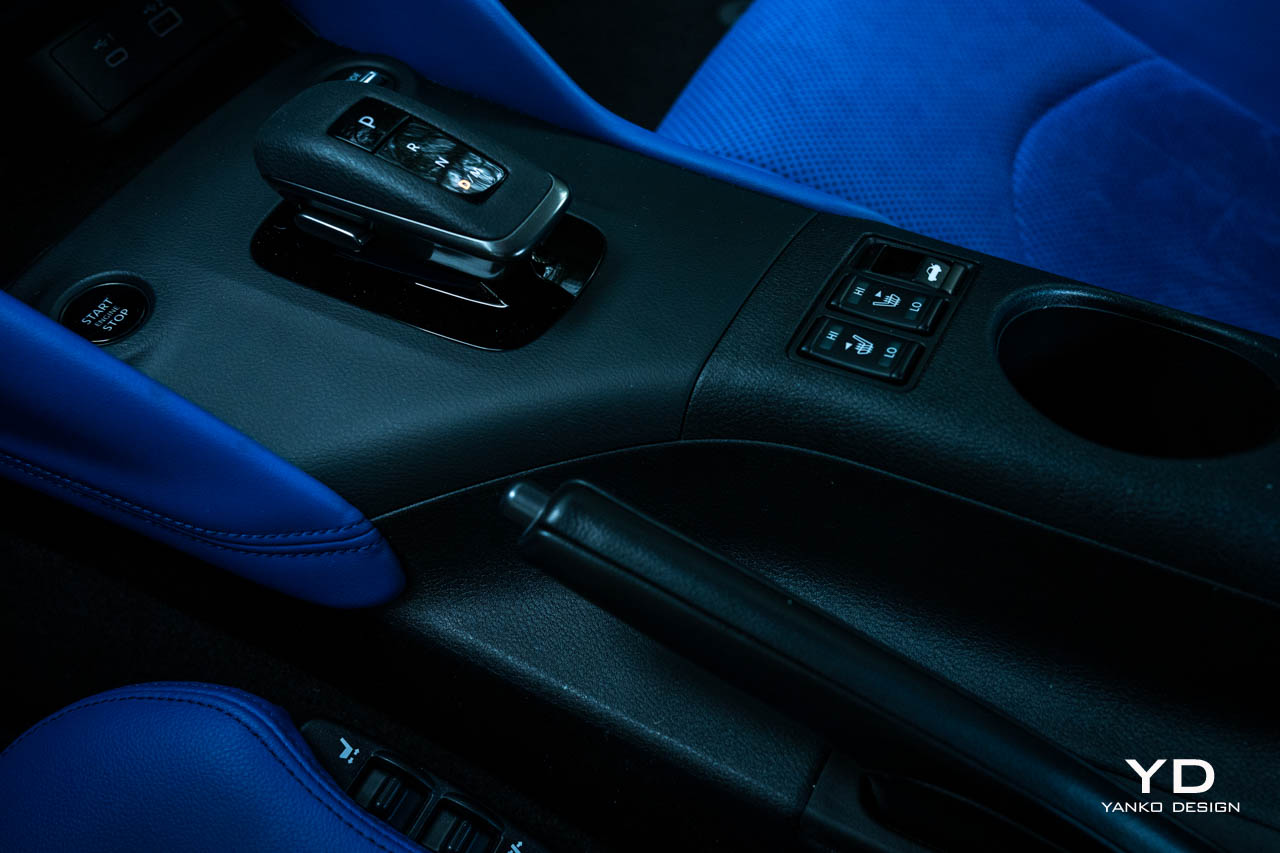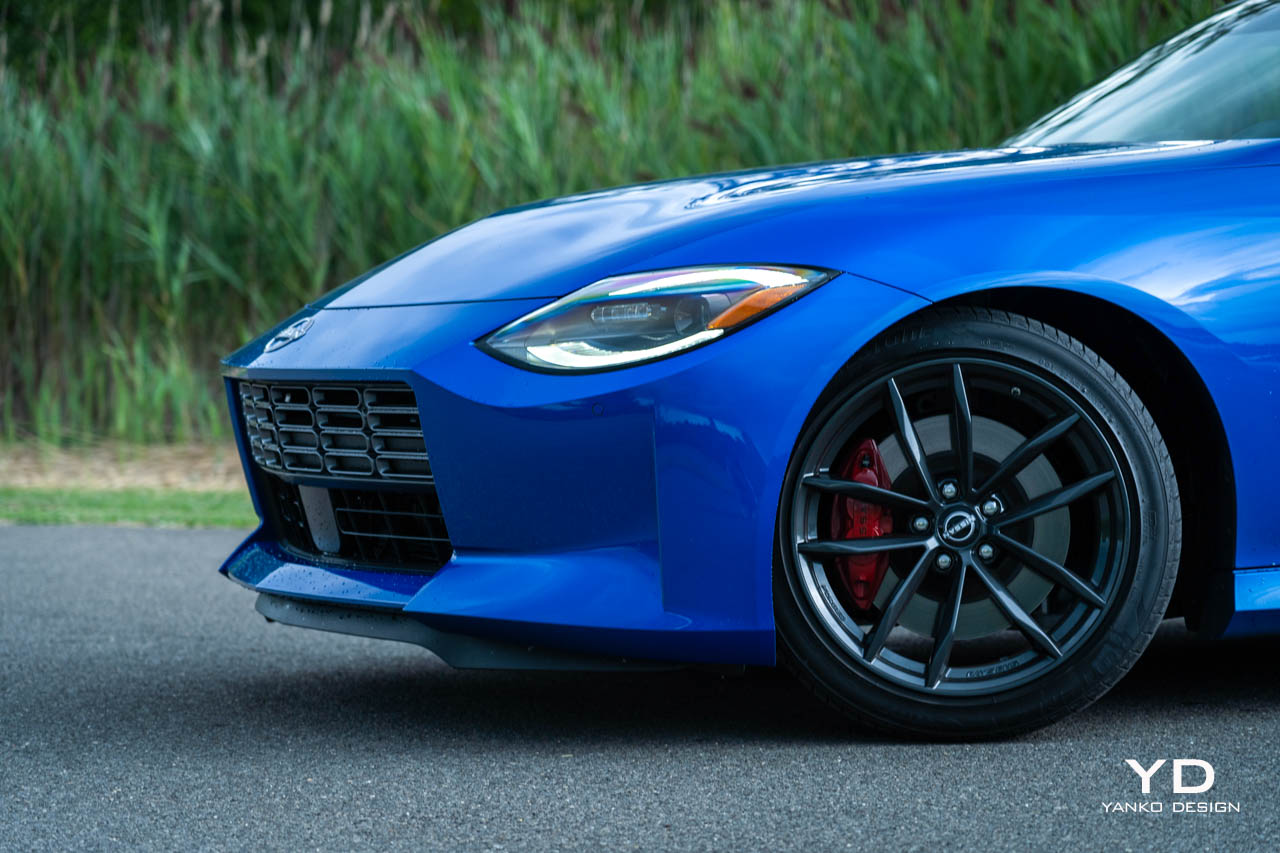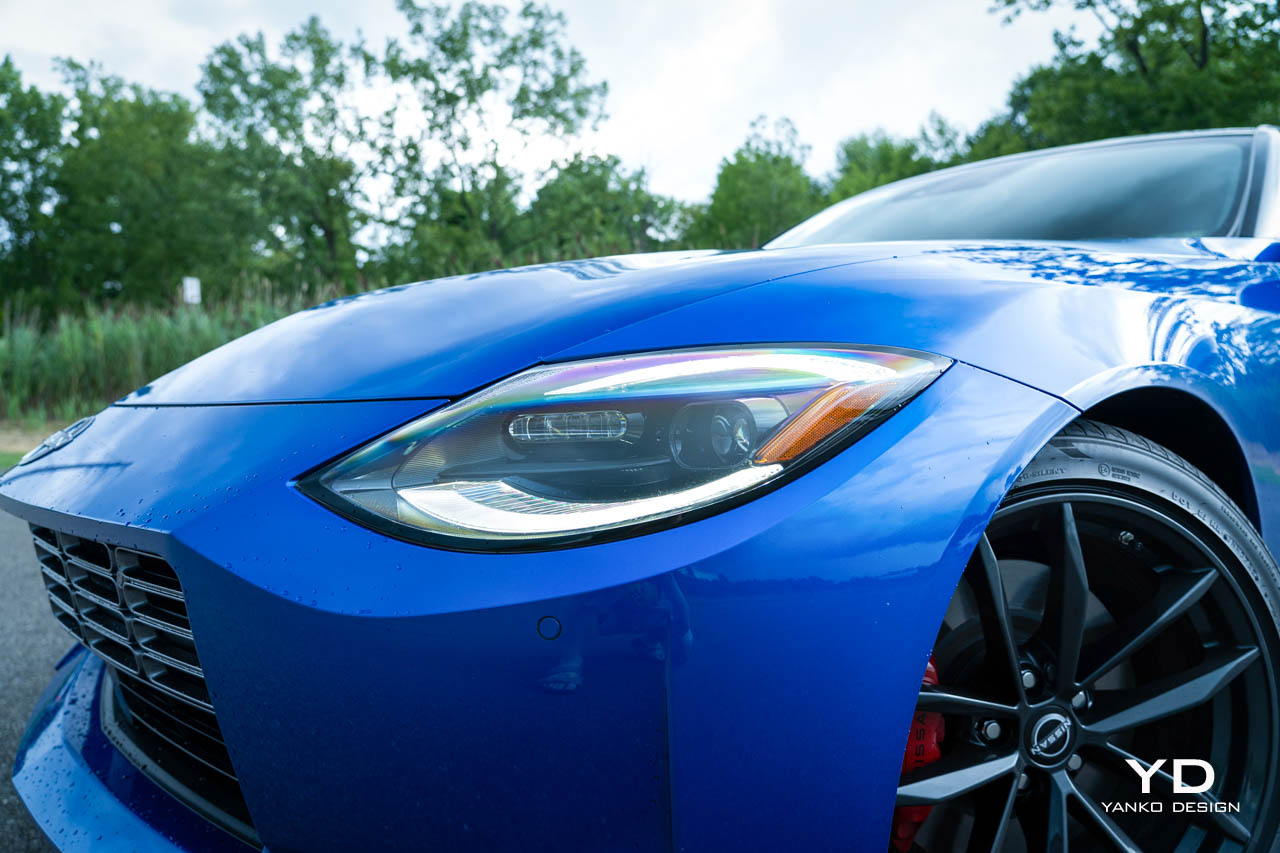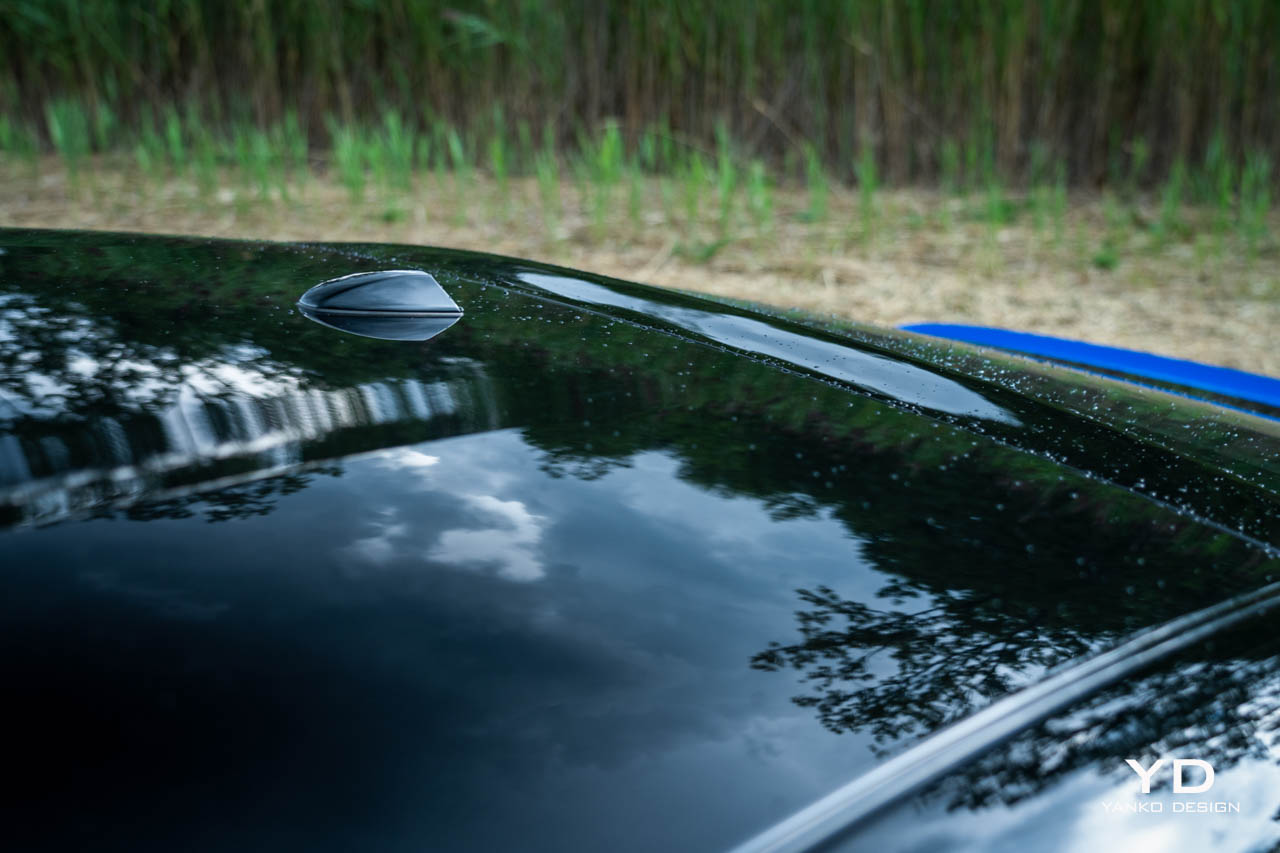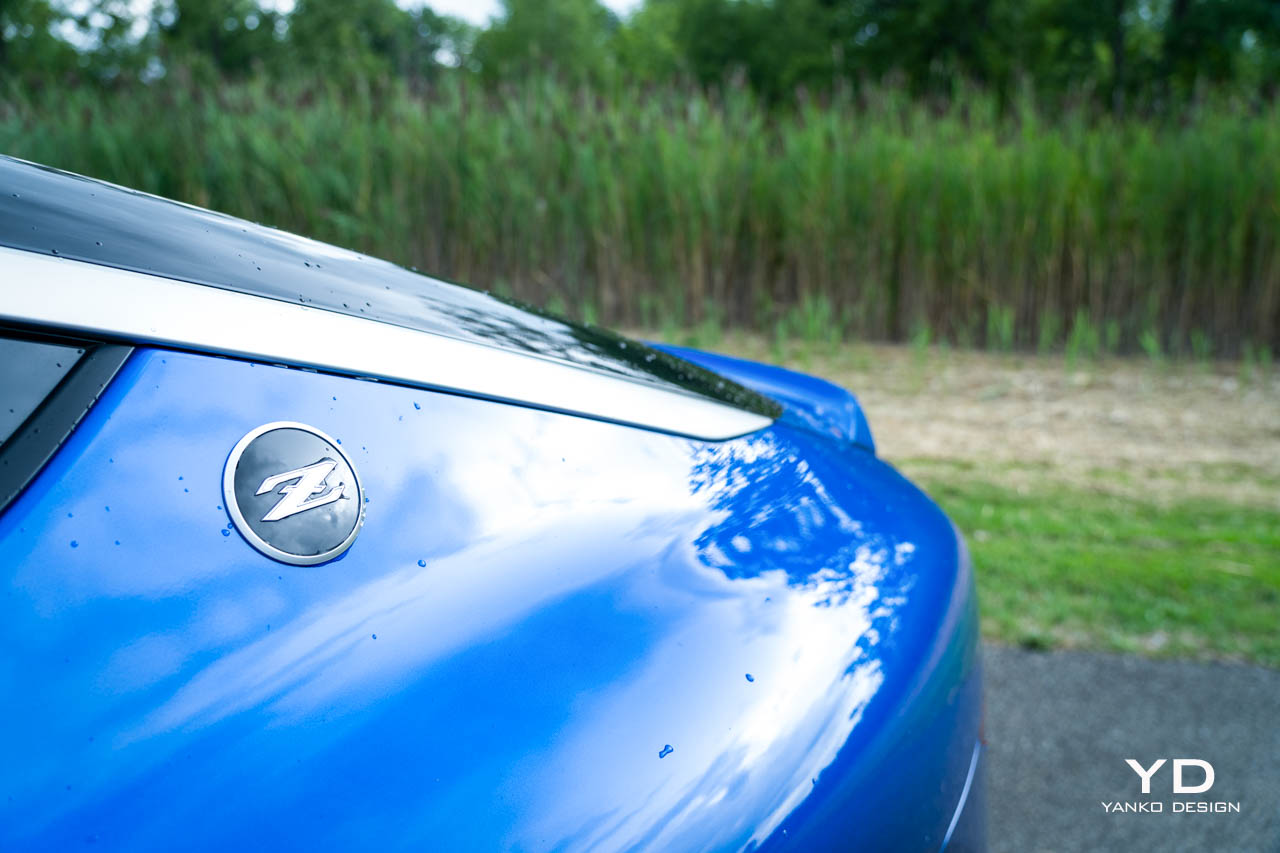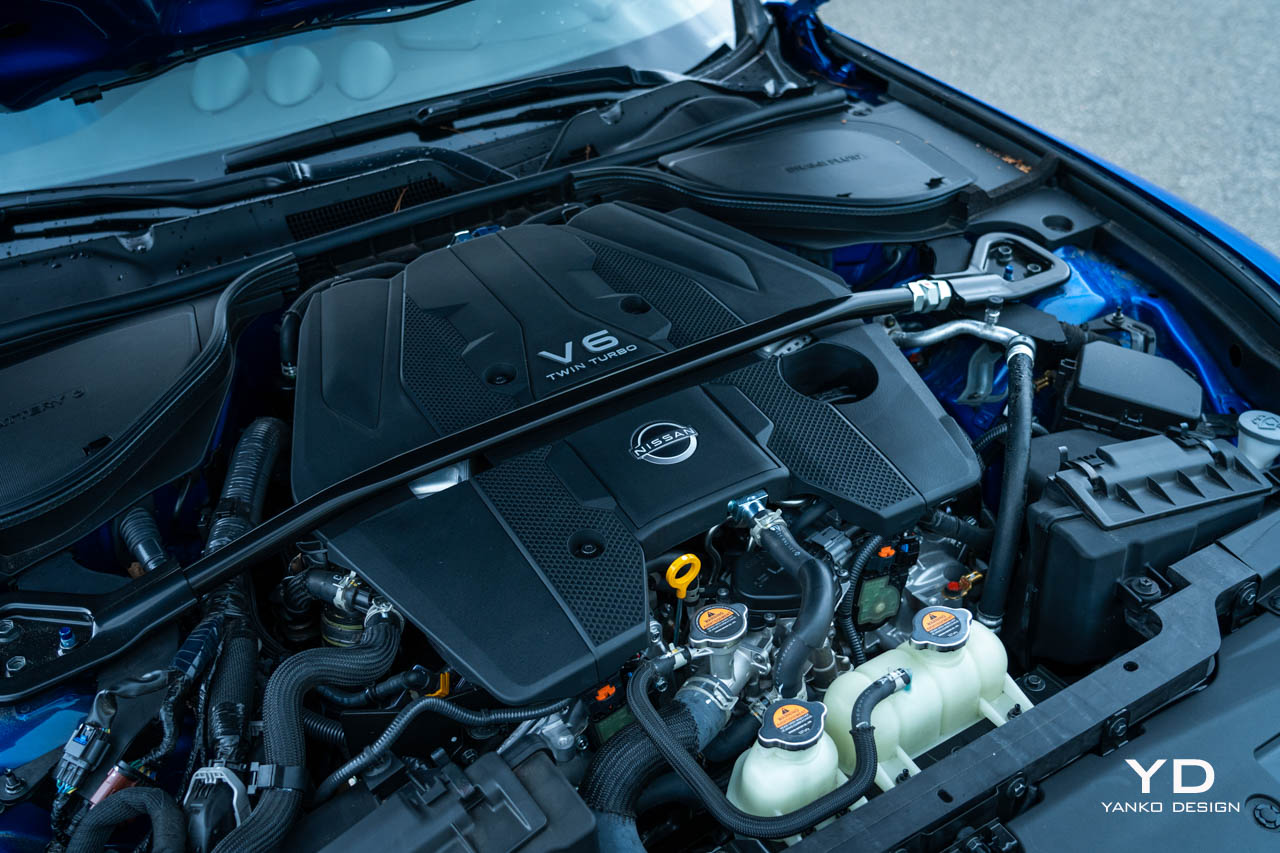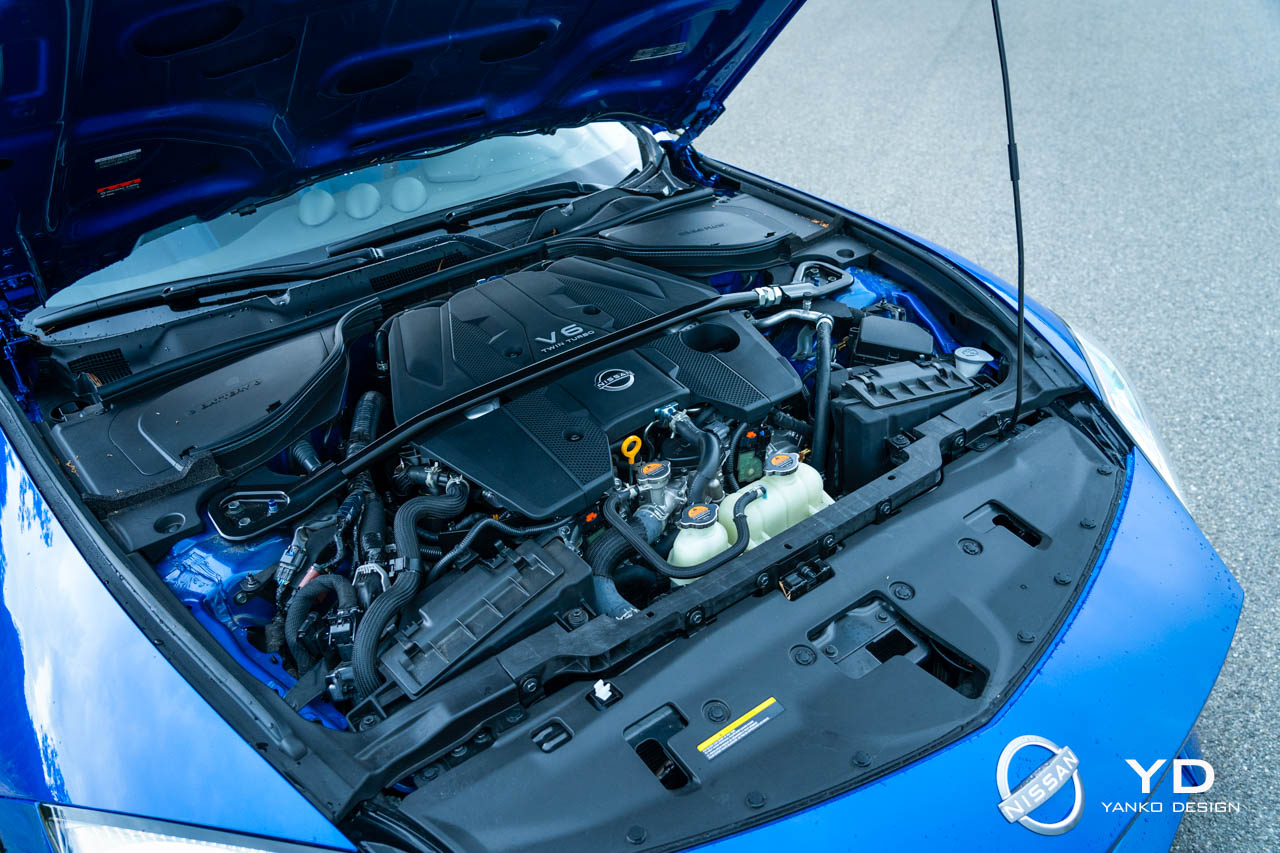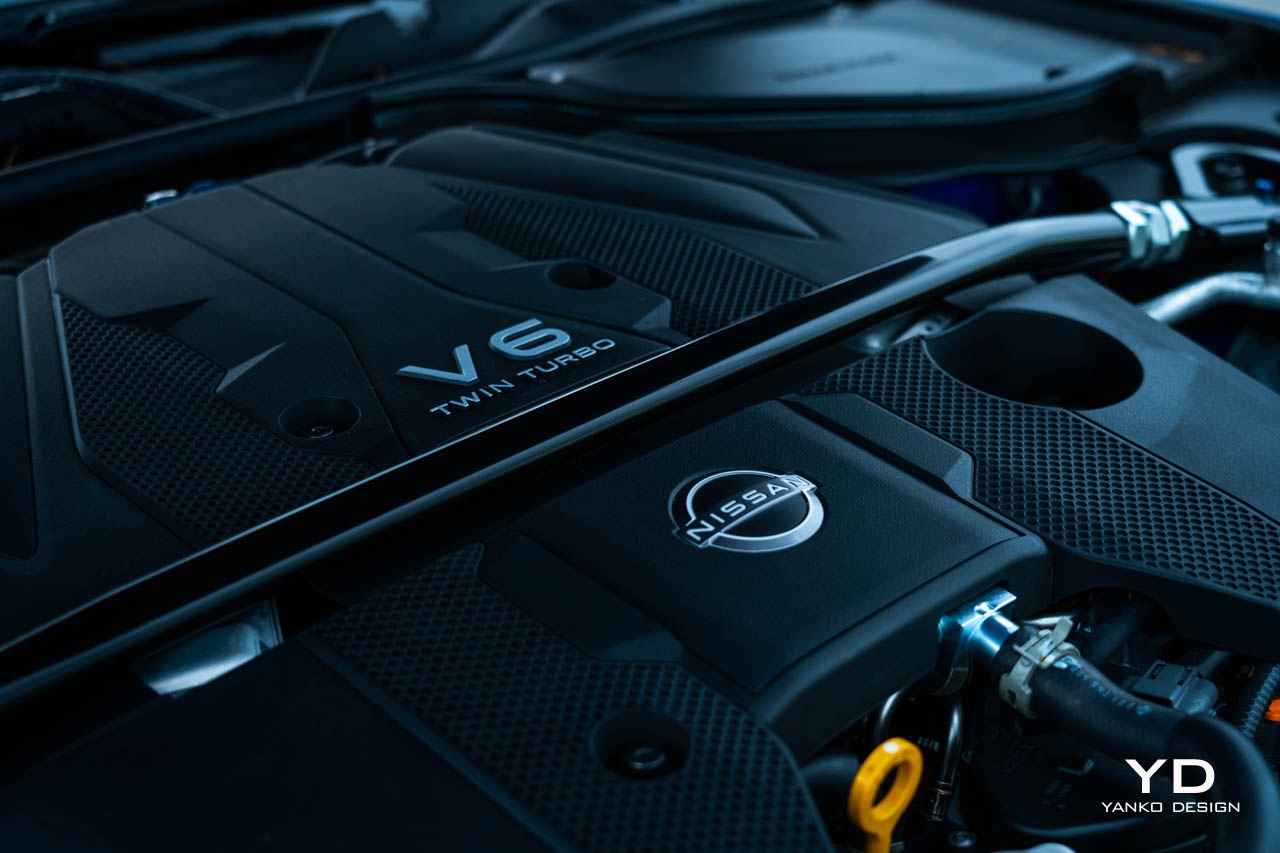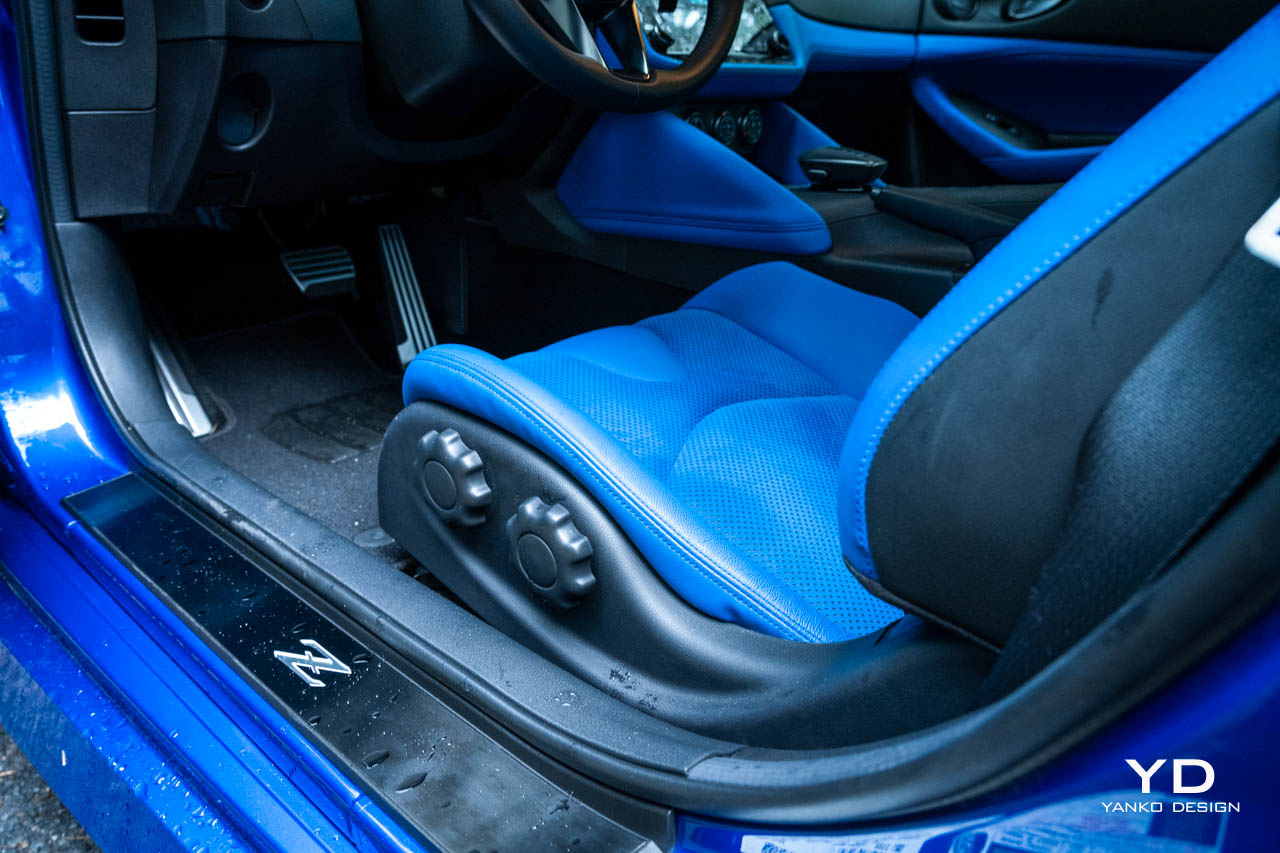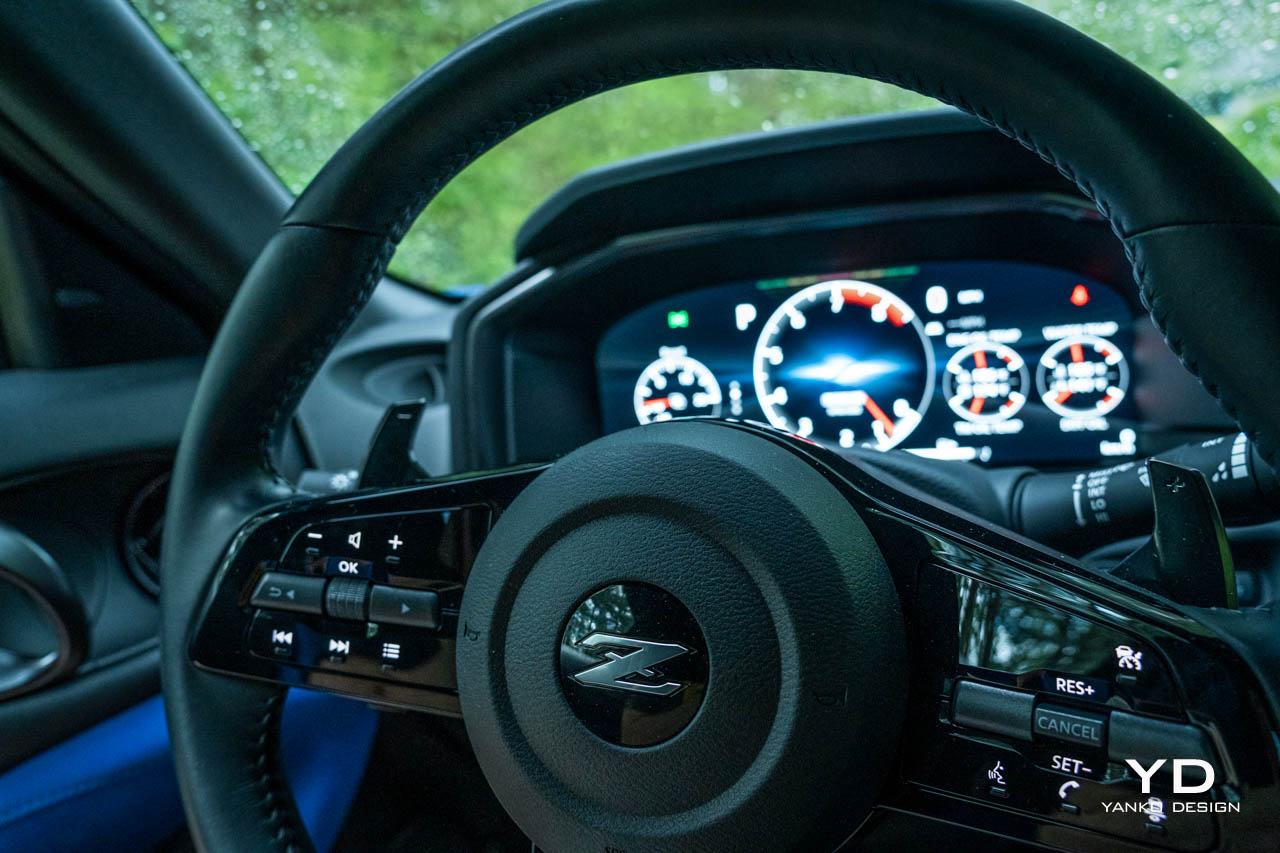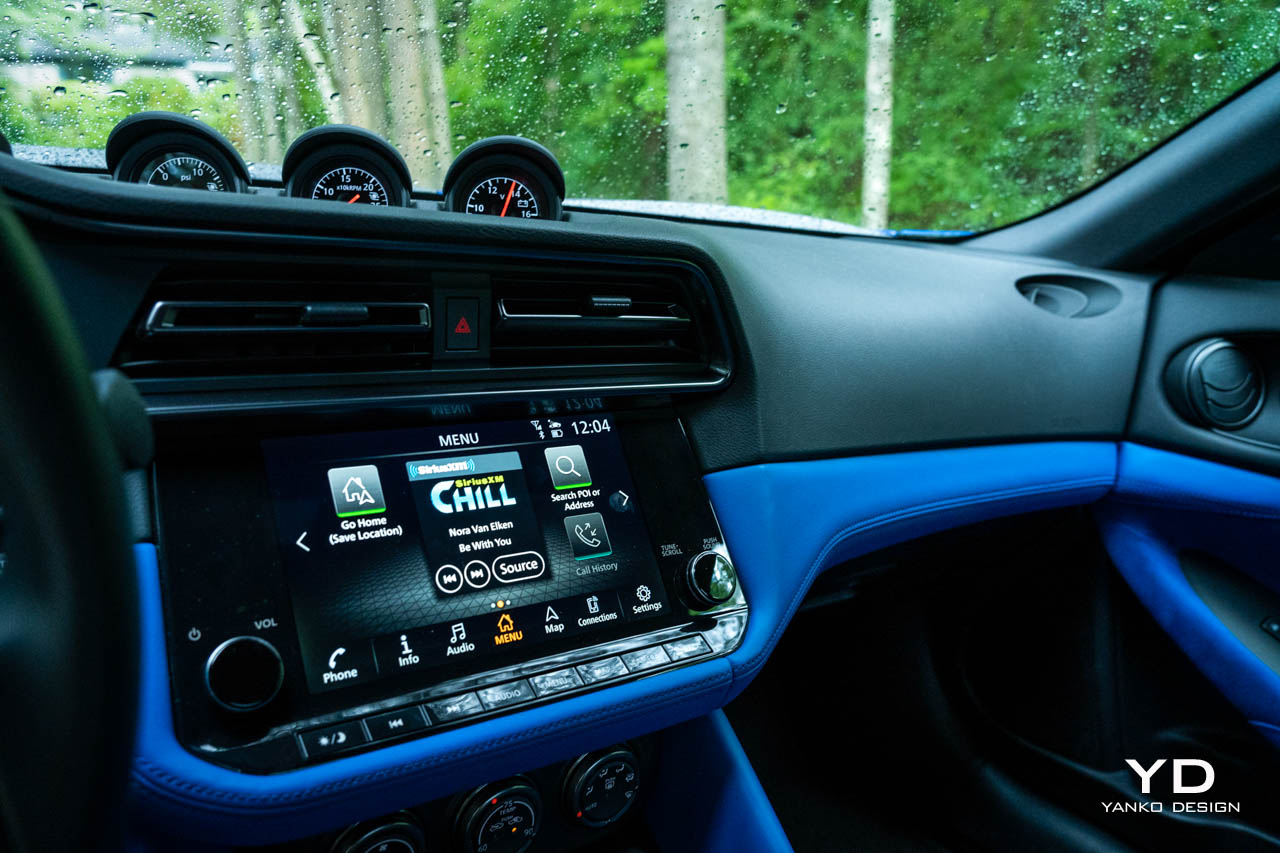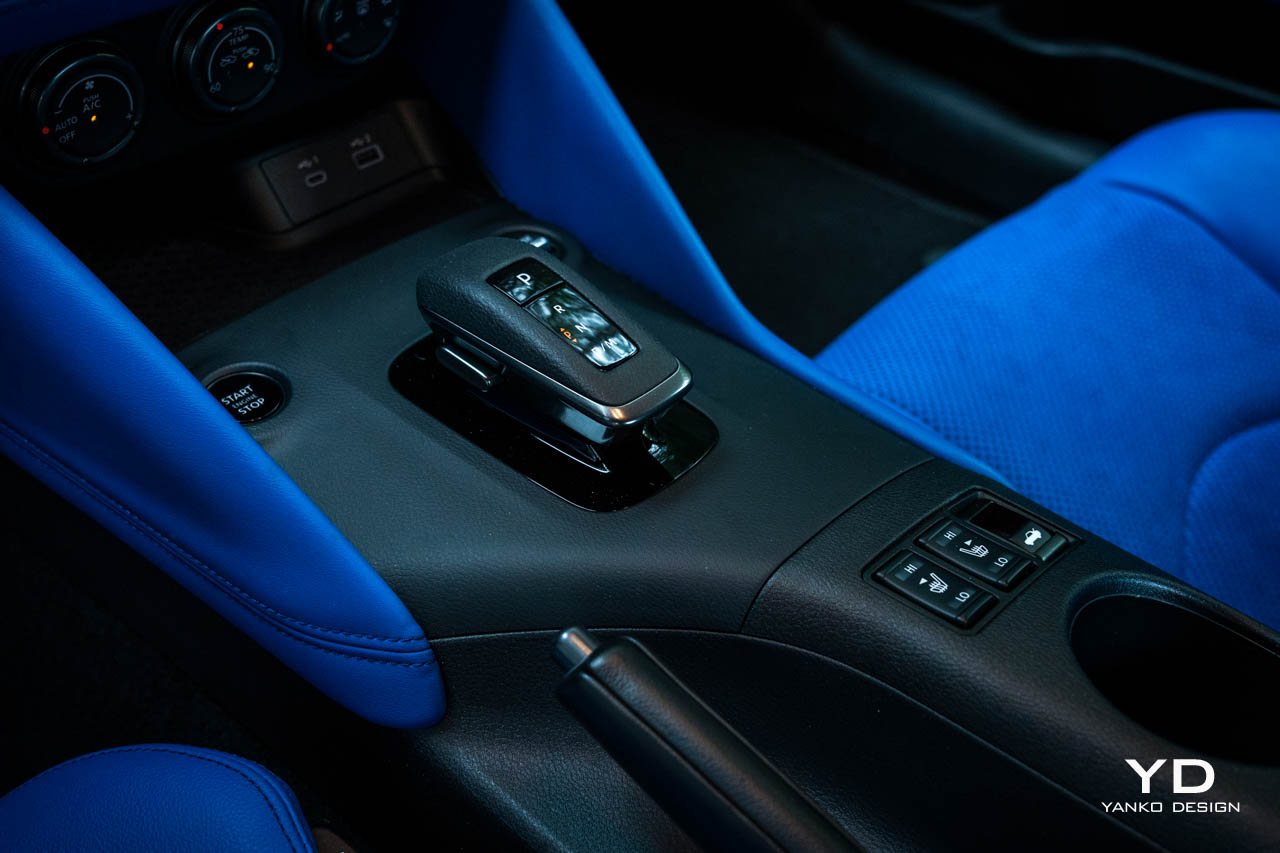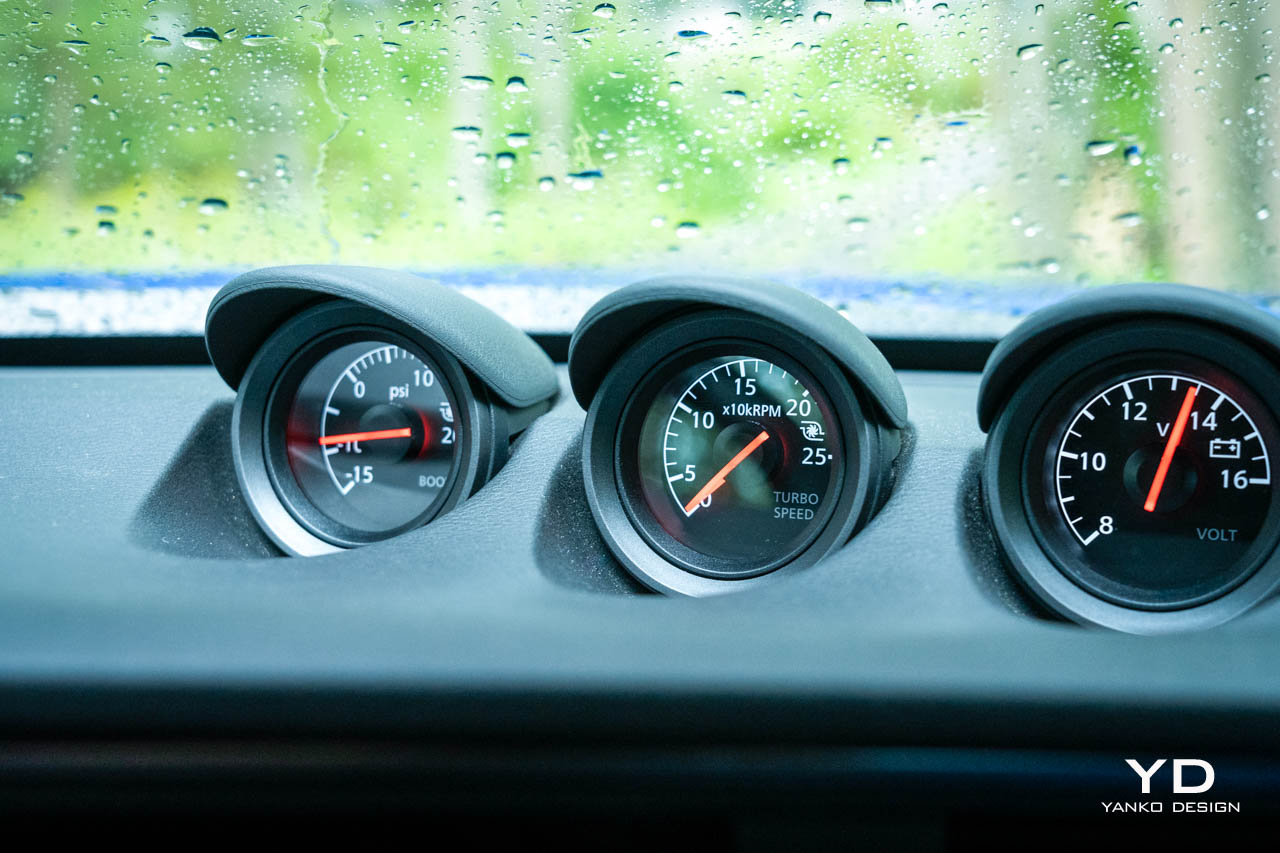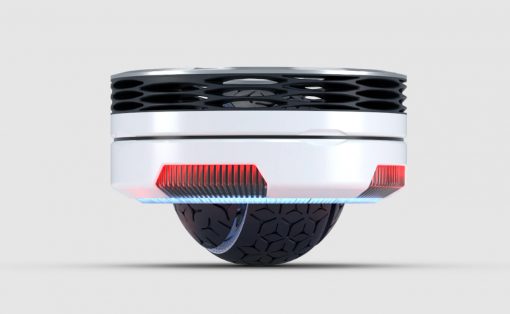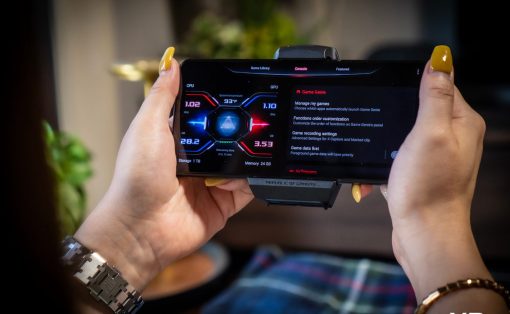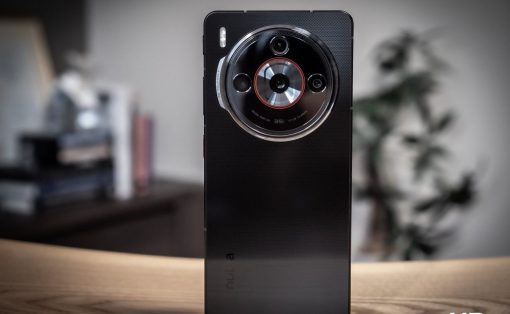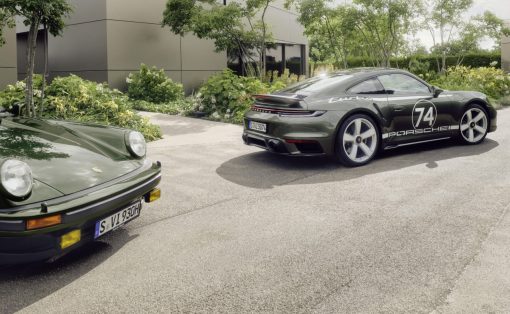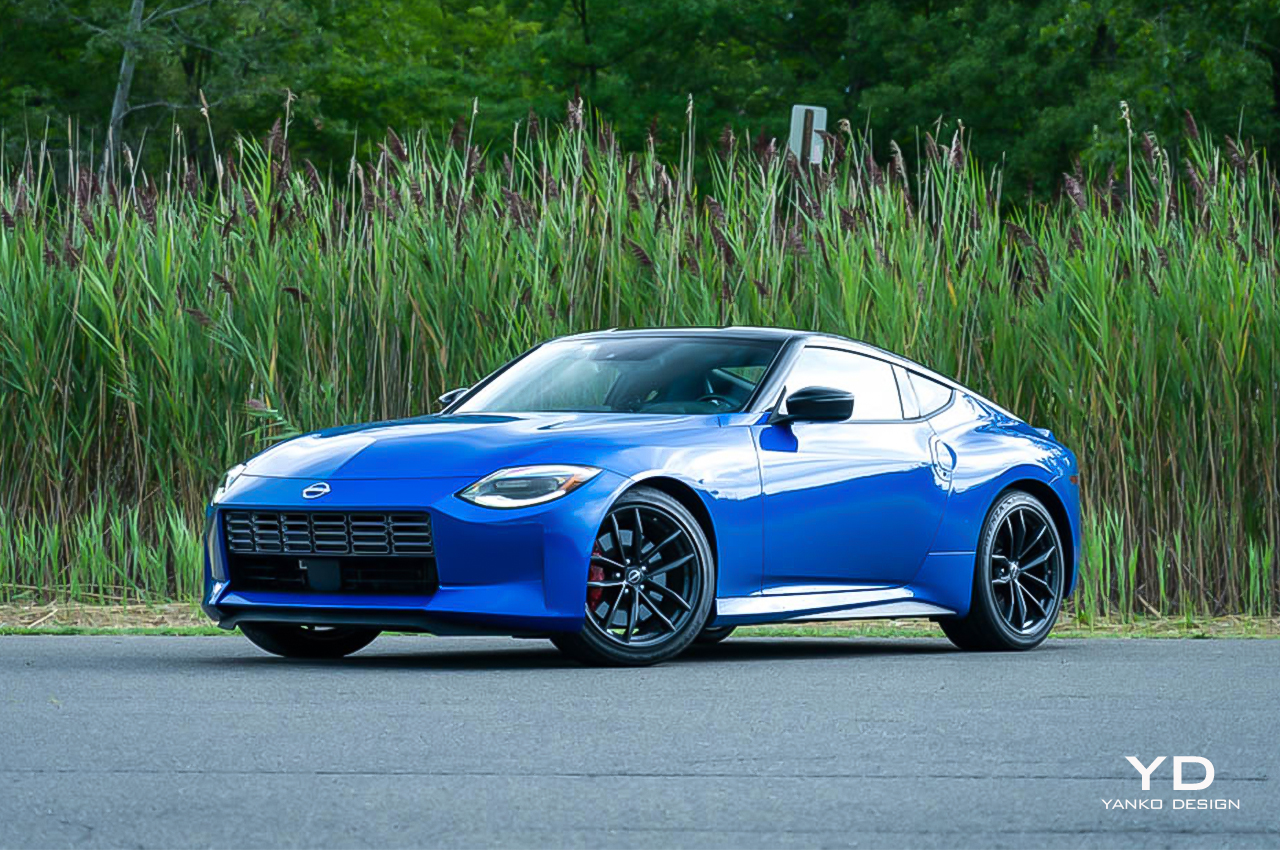
PROS:
- Stunning looks
- Comfortable cabin
- Oodles of power
CONS:
- Relaxed handling will disappoint some
- Automatic transmission is too sluggish
- Some low-rent plastics
Z isn’t just the last letter of the alphabet. It’s one of the most storied sports cars of all time, and this particular iteration of that entry in the alphabet has been a real long time coming. The Nissan 370Z was first introduced all the way back in 2008, a design that shared so much DNA with 2002’s 350Z that it wasn’t hard to mistake it for a mere facelift. Now, in 2022, we finally, finally have a full-on replacement.
Long-awaited, yes, but this new Z didn’t exactly land to universal acclaim. Back when it was first unveiled in 2020, the Internet had a decidedly cool reaction. I have to confess that when I saw the initial photos I wasn’t too hot on it myself. Even when I saw it on the auto show floor for the first time I was hardly moved. But, when I finally saw it in the real world, I can unequivocally say I fell in love.
Well, with the styling at least.
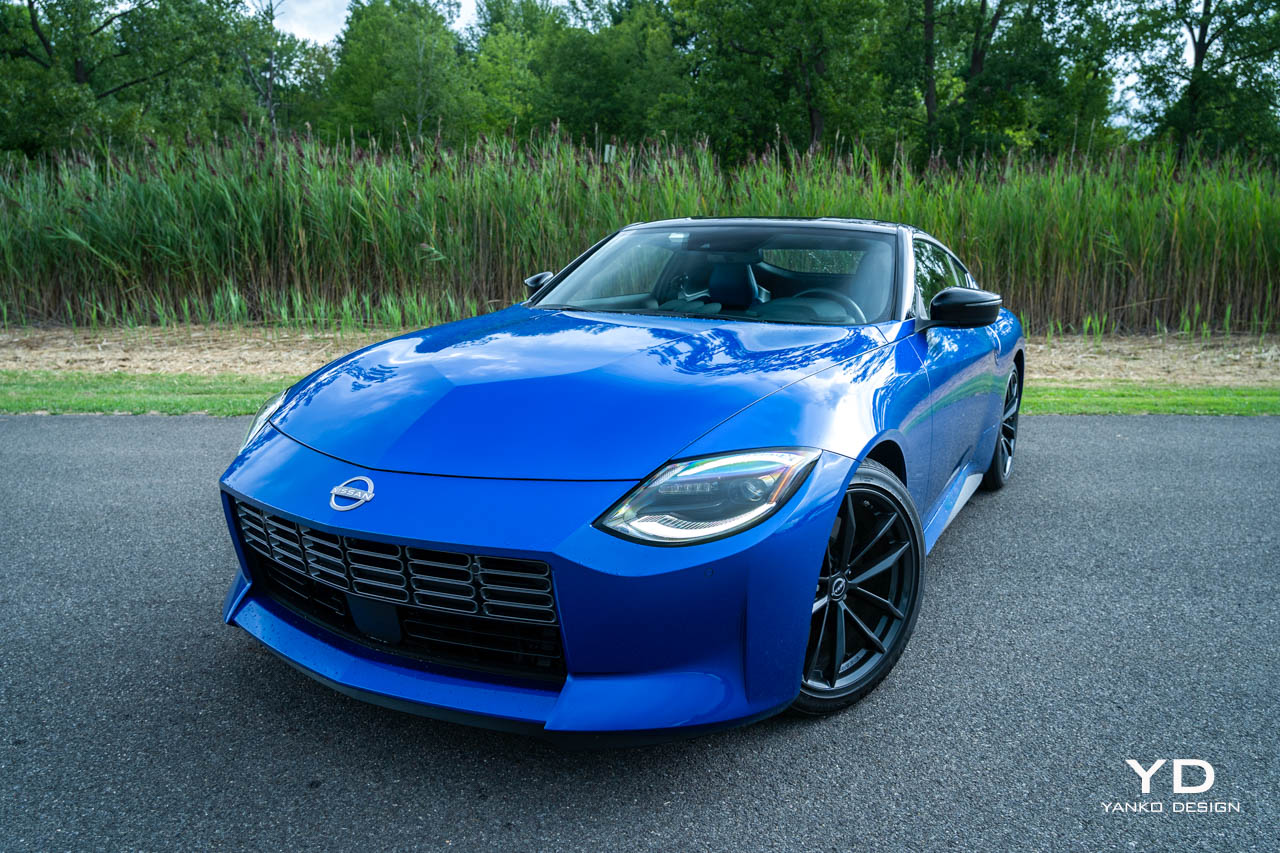
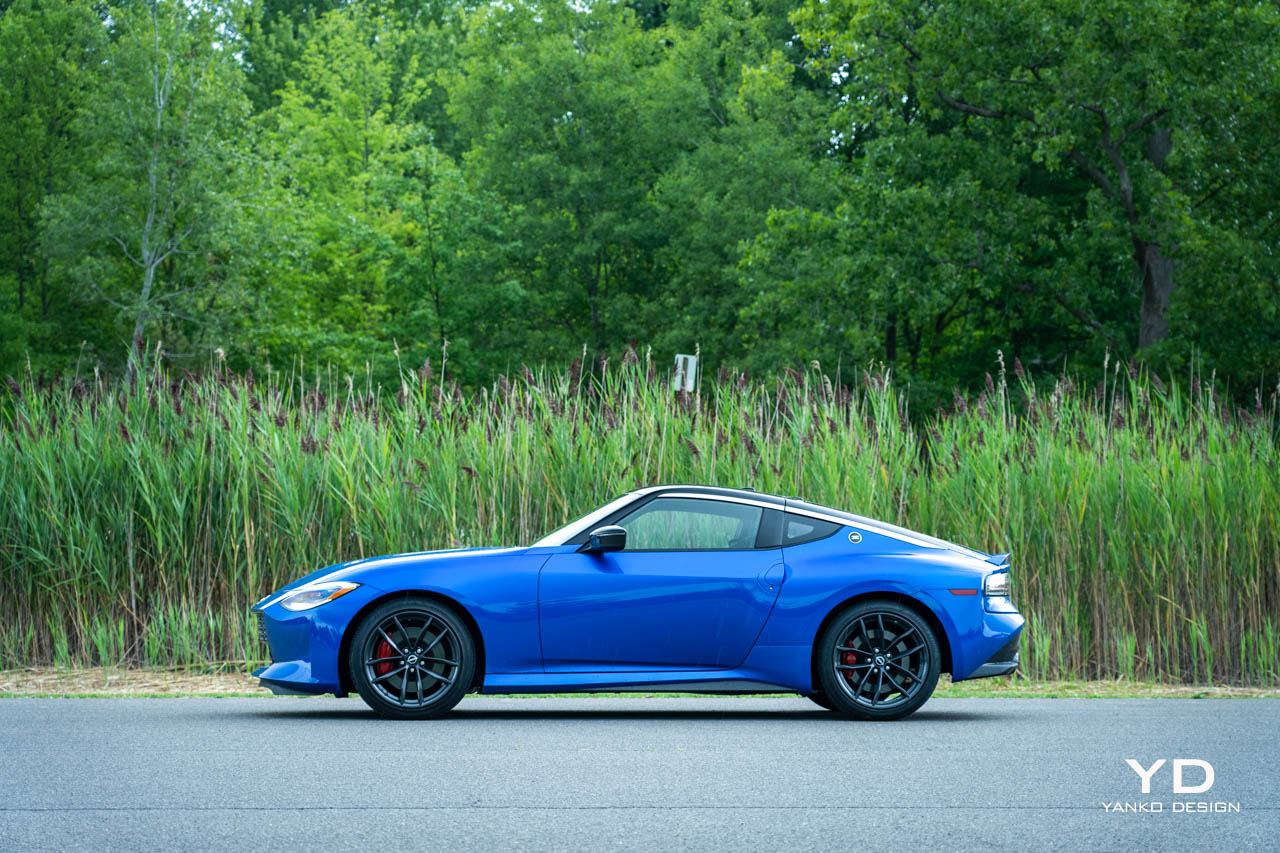
Old and new
When the car you see here showed up in my driveway, clad in Seiran Blue with black Rays wheels, looking long and low and clean, I couldn’t stop looking at it. On the show floor I think it looked a little too clinical and fussy, but out in the real world, among real objects and real light, it all came together in a huge way.
That color, that blue, was a big factor. It’s one of those hues that you feel like will pull you in if you stand too close, much like the Soul Red hero color on the current-gen MX-5. For those with an eye to other Nissan sports cars, Seiran Blue isn’t too far off of the iconic Bayside Blue that made the R34 GT-R look its best.
The shape of the new Z is an interesting blend of historical sources, too. It’s impossible to miss the original 240Z in the car’s silhouette, but the taillights and rest of the rear treatment are an undoubted nod to the fourth-generation Z, the 300ZX. Those two cars have vastly different shapes, yet somehow the mix here works.
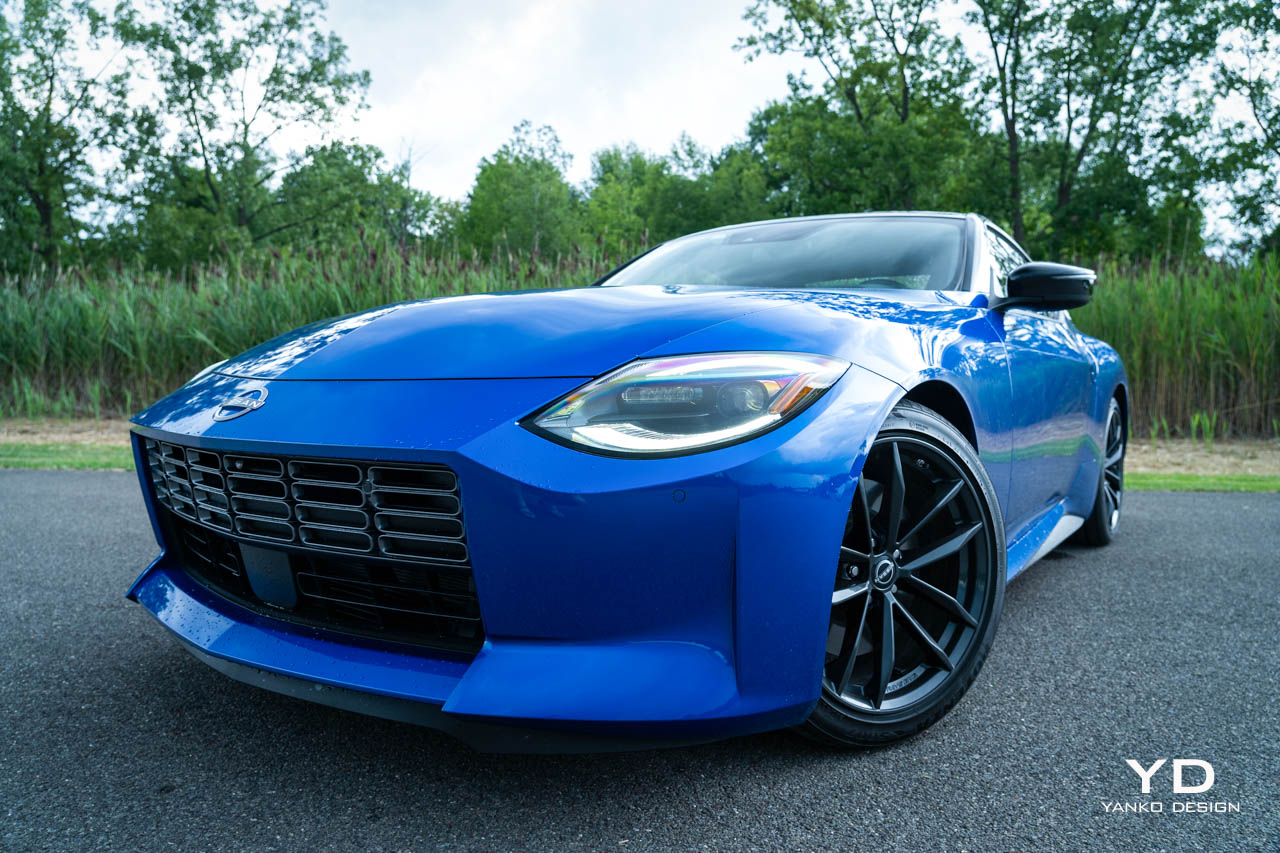
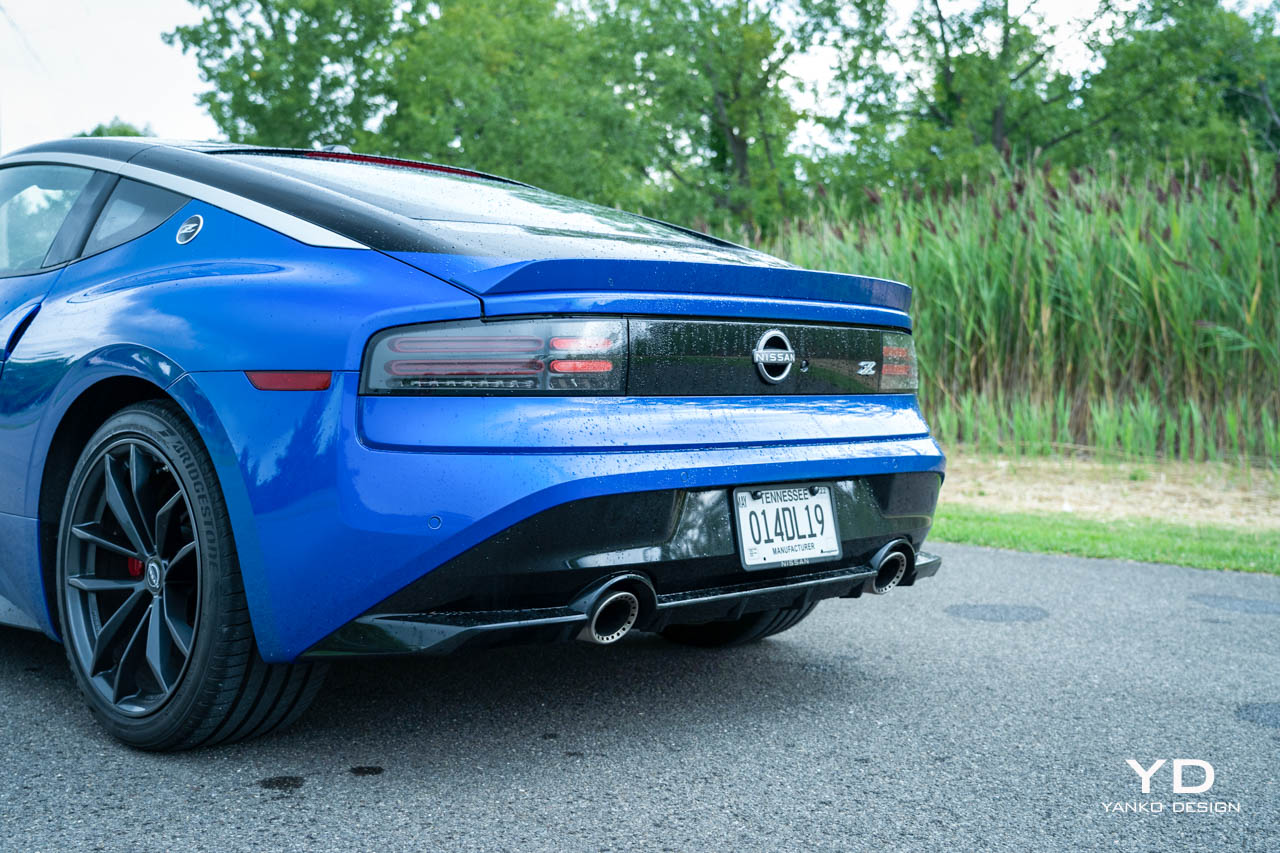
The oval insets in the tails are echoed in the front grille, the part that most critics seemed to have the biggest issue with. I think it works, the two-tone insert keeping things from looking too tall, though I’m not sure I like how that cut-out continues down through the front diffuser. Overall, the combination of simple geometric shapes and creases work really well.
“Simple” is probably a good way to talk about the interior, too. Sitting down here felt in some ways like sitting down in a time machine set to 1992. From the chunky knobs and switches that move the seats to the generally harsh plastics, some aspects of this felt a bit dated. But, as a fan of early ’90s sports cars, I’ll go ahead and call it “familiar” instead.
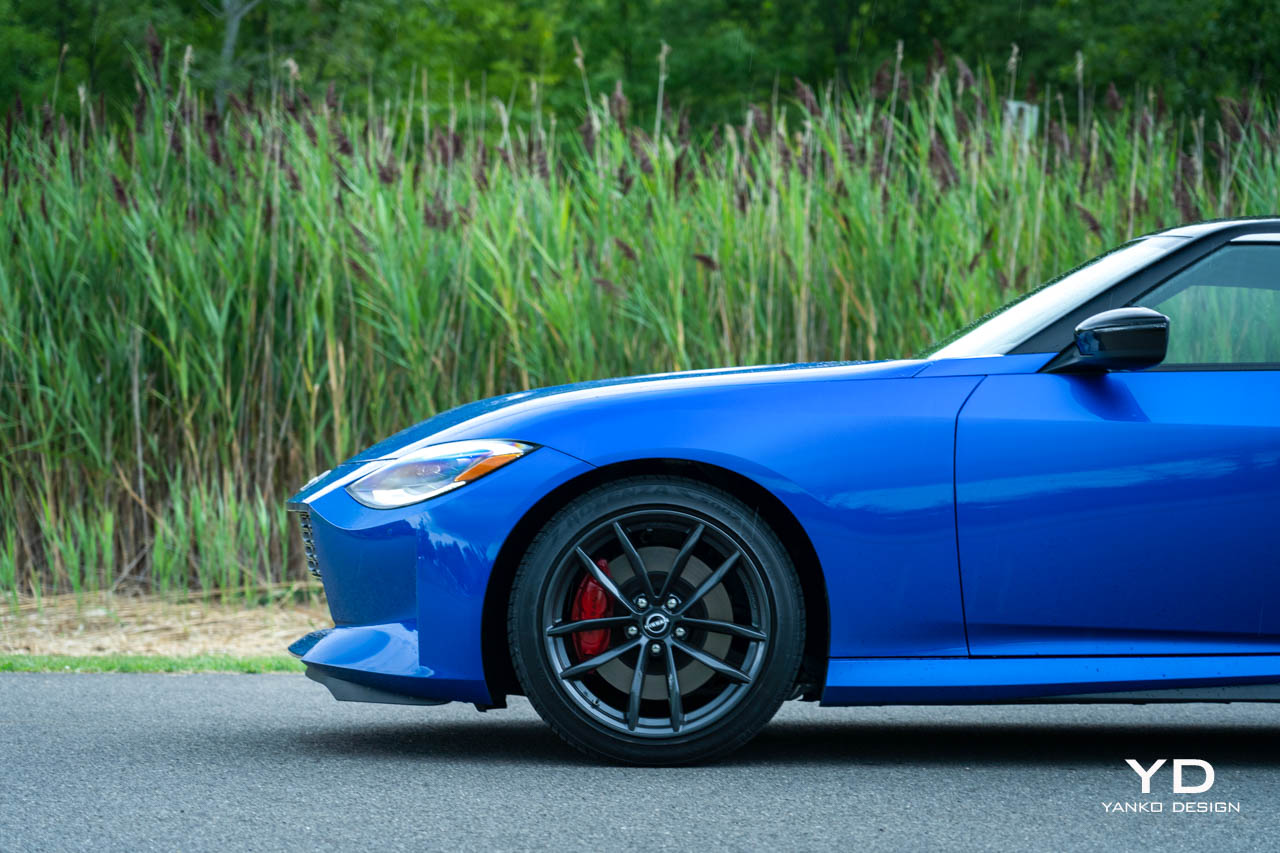
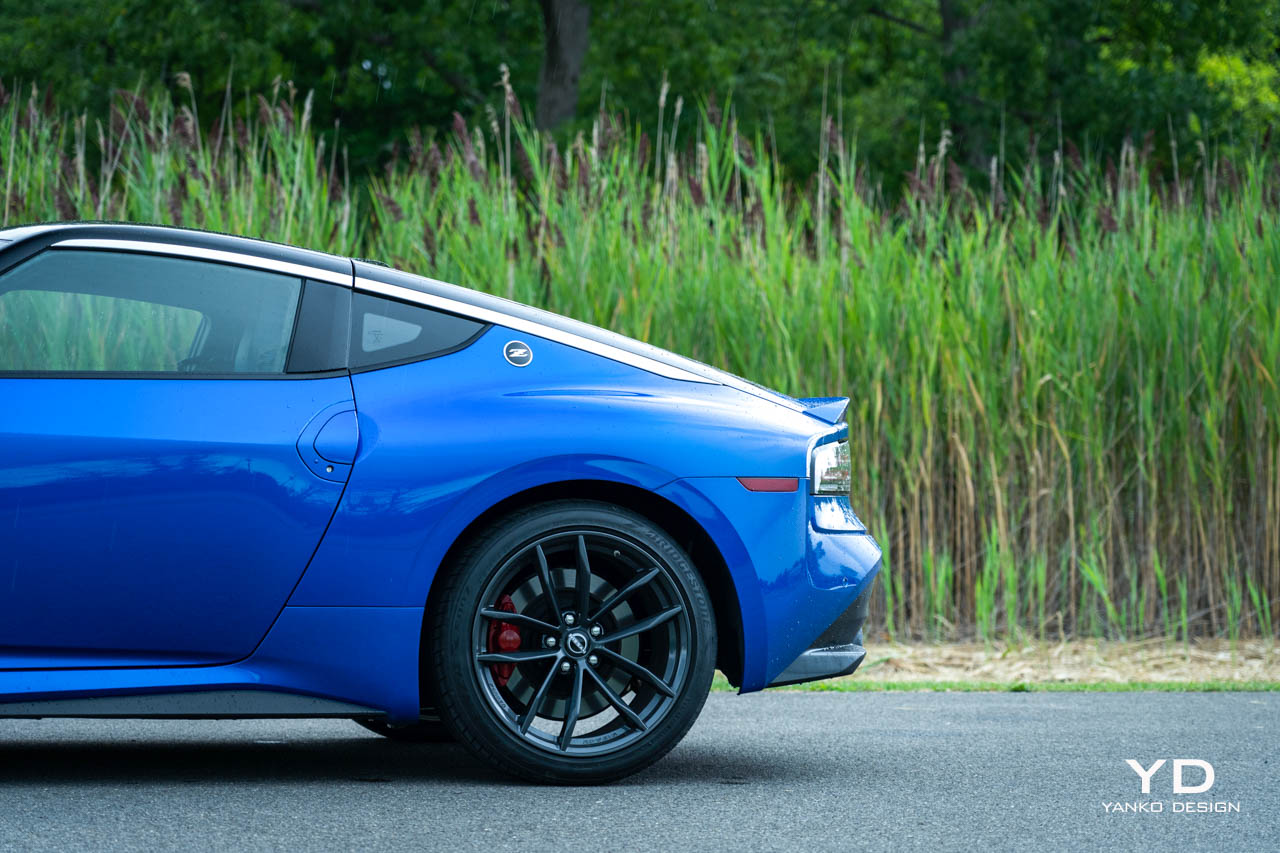
The sueded leather seats are wonderfully comfortable and they look stellar in blue, but they’re lacking a bit in the kind of support you might want in more aggressive driving. Headroom is generous and I was thankful there’s no sunroof here to ruin the beautiful curve of the headliner.
That line continues down over the rear parcel shelf and, instead of token rear seats, you instead have an exposed chassis brace. I’m not sure how much this actually helps to stiffen the chassis (the actual strut towers are another six inches back or so), but it definitely looks cool and ensures your weekender luggage doesn’t wind up in your lap under hard braking.
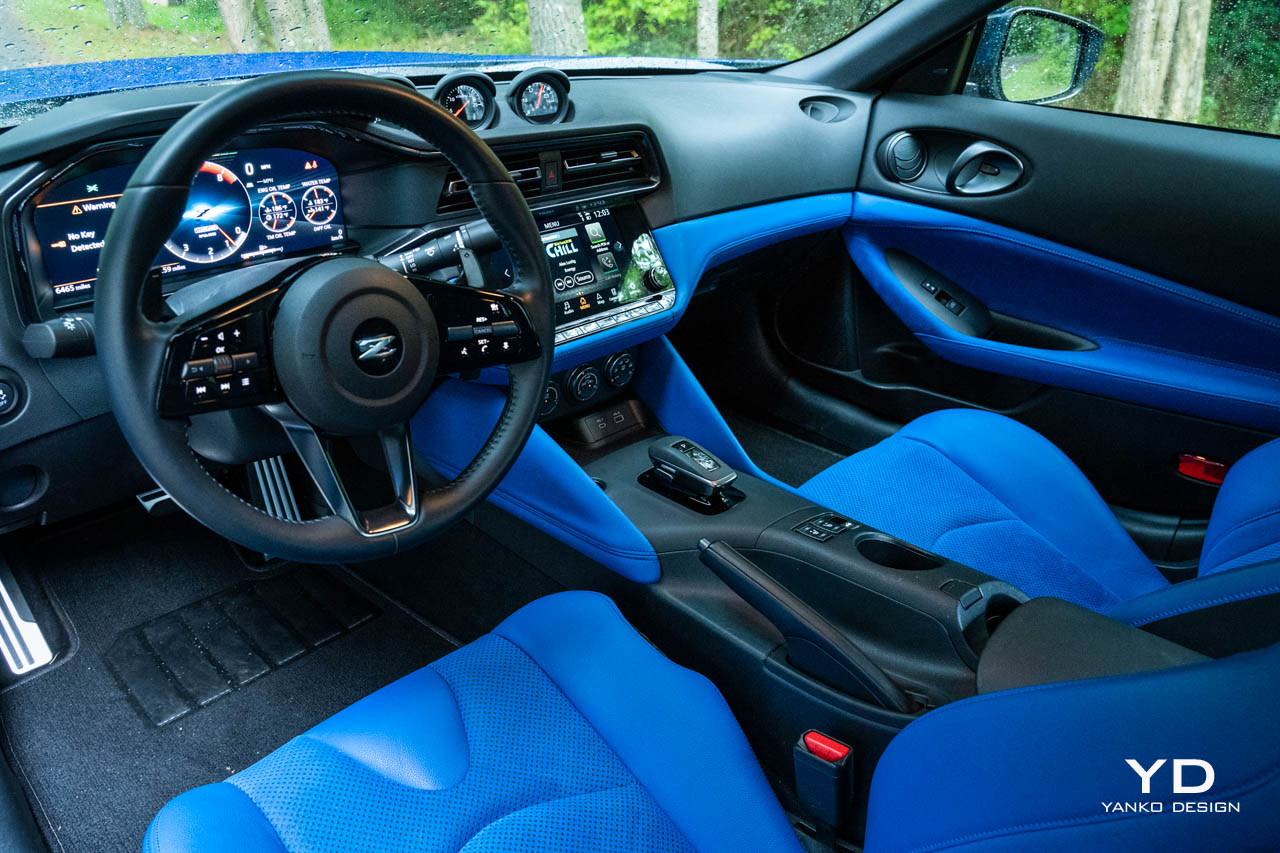
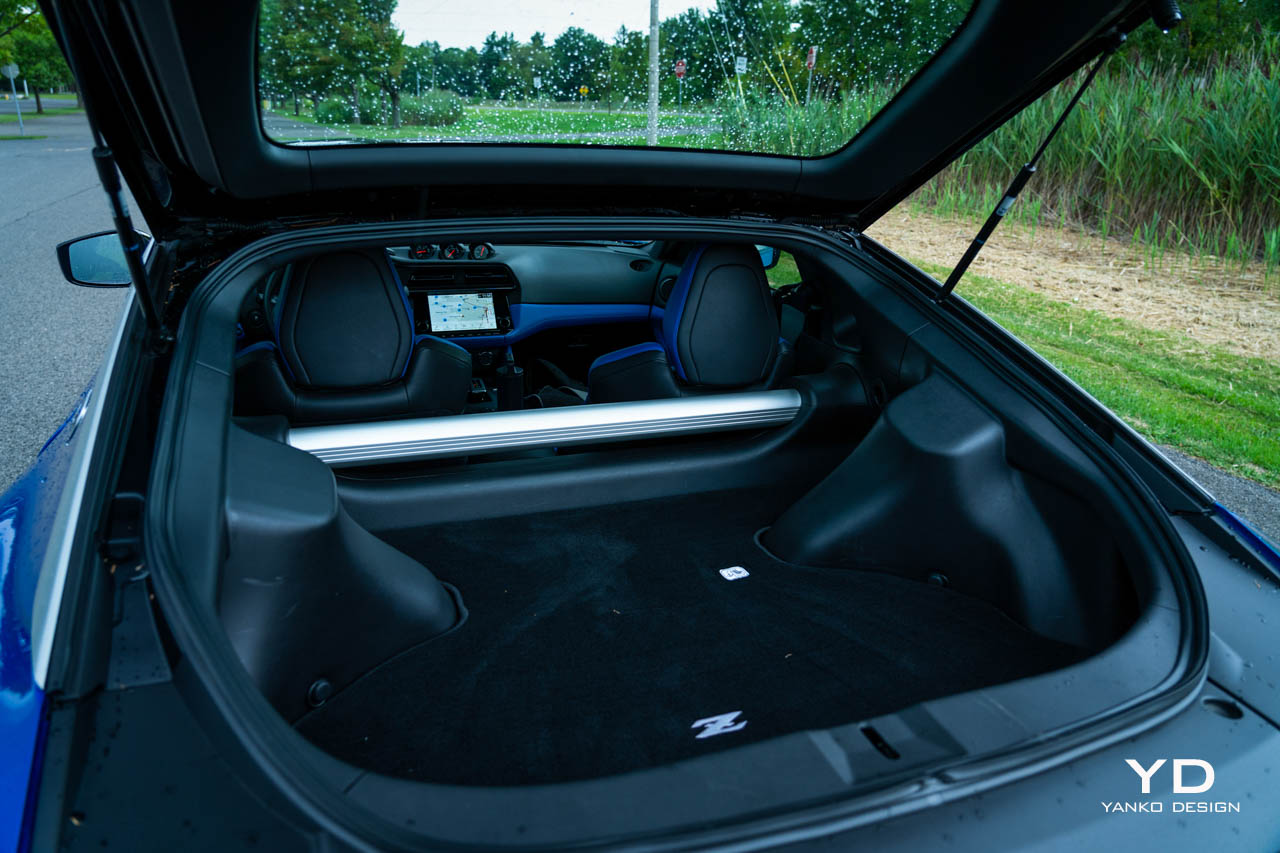
Shift into D
Buckling in and adjusting the mirrors, I was left with a healthy view of those generous rear fenders flaring in the reflection. That alone was enough to get me ready for action, but dragging the puck-shaped shifter into D was something of a vibe-killer.
Yes, rather sadly the Z you see pictured here was configured with the nine-speed automatic. Nissan very kindly is also offering a six-speed manual and, in my opinion, that’s the one to choose. To be fair, the auto isn’t bad. If you’re not able or not interested in driving a car with three-pedals then don’t fear, it won’t kill the experience — but it does take some of the edge off.
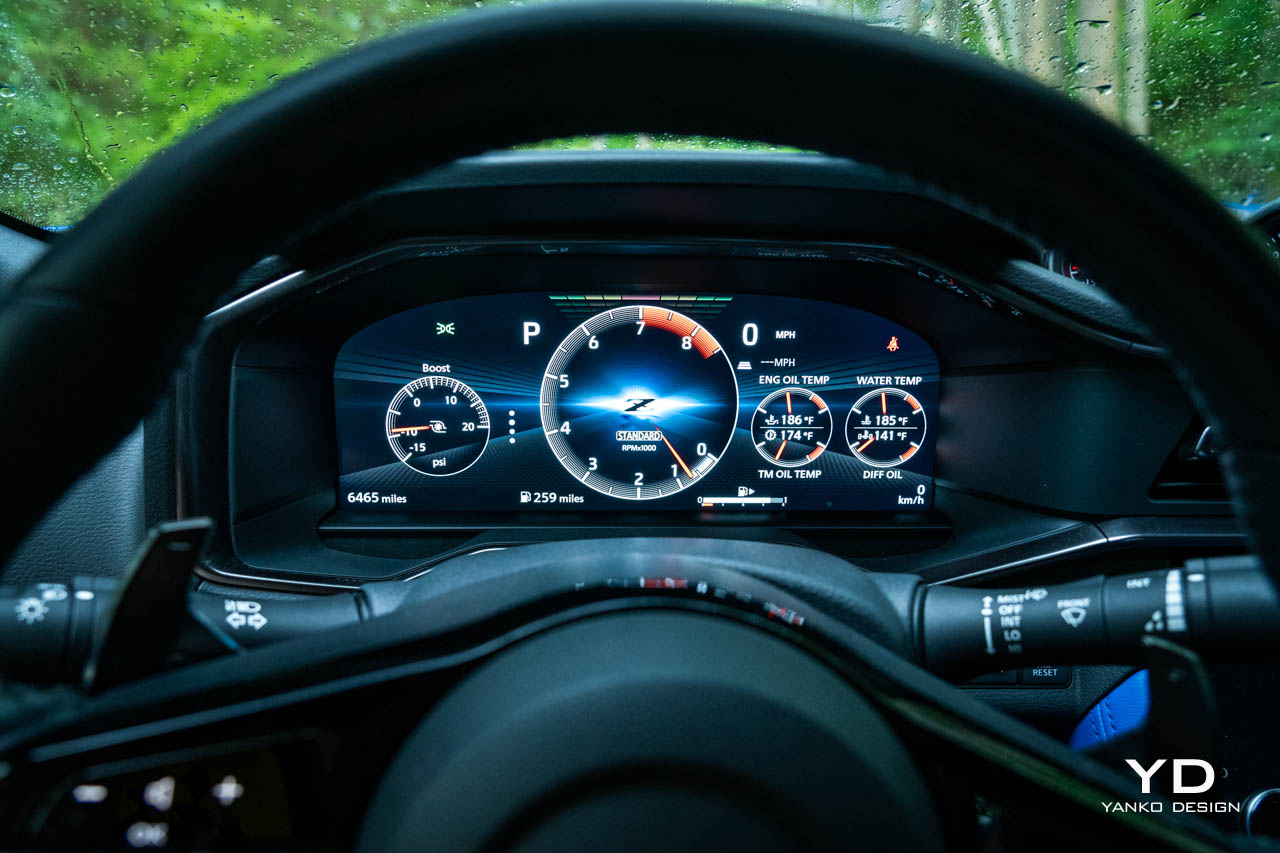
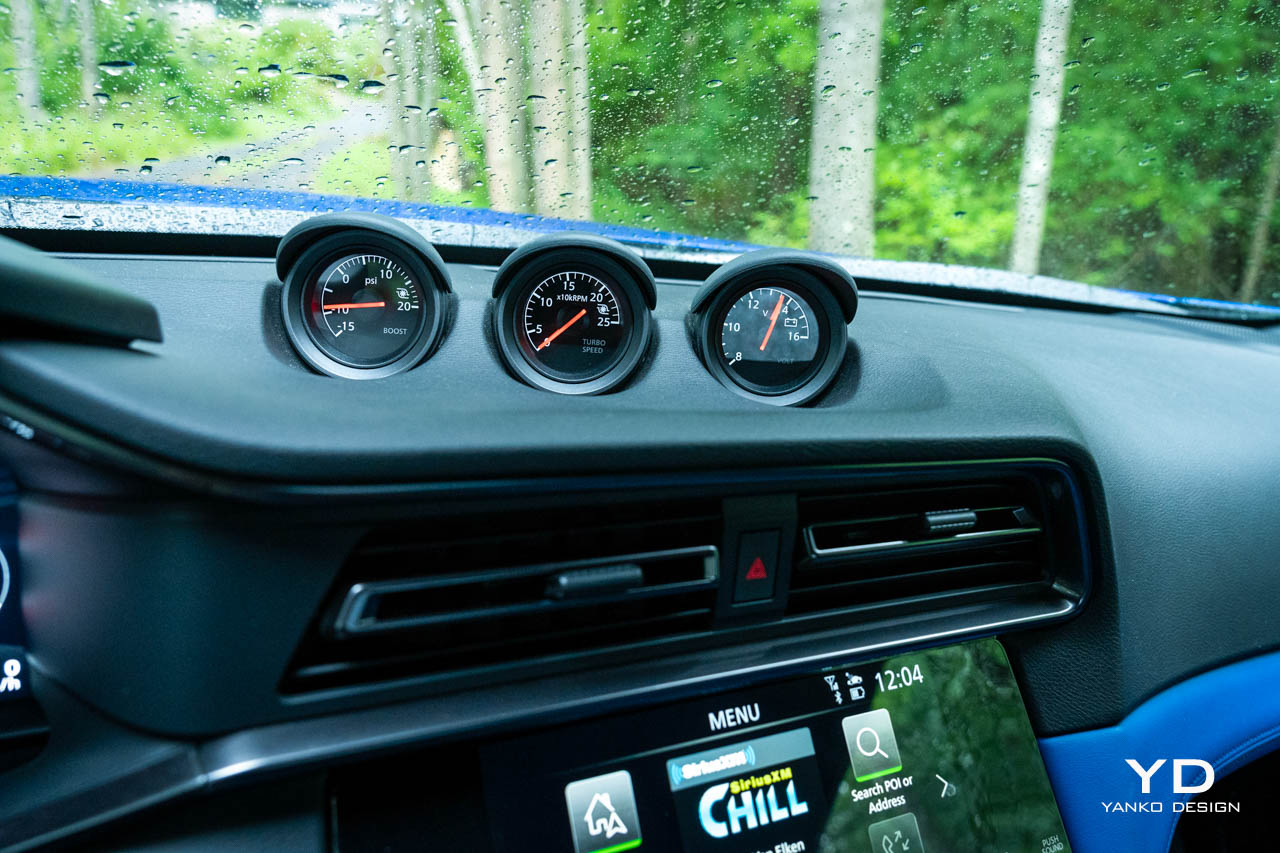
I found the auto smooth and snappy when left to its own devices, but when I reached for the wheel-mounted shift paddles I was often left feeling flat. Yes, in M-mode the car gladly held a gear all the way up to redline, but requests for subsequent or previous gears were often met with a nagging delay. It’s little things like that which, for me at least, dampen the mood.
Regardless of trans choice, the Z gladly spun those rear tires up through the first couple of gears. 400 horsepower and 350 pound-feet of torque will do that. The 3.0-liter turbocharged V6 sounds as good as it performs, but I couldn’t help wondering how much of that is digitally augmented.
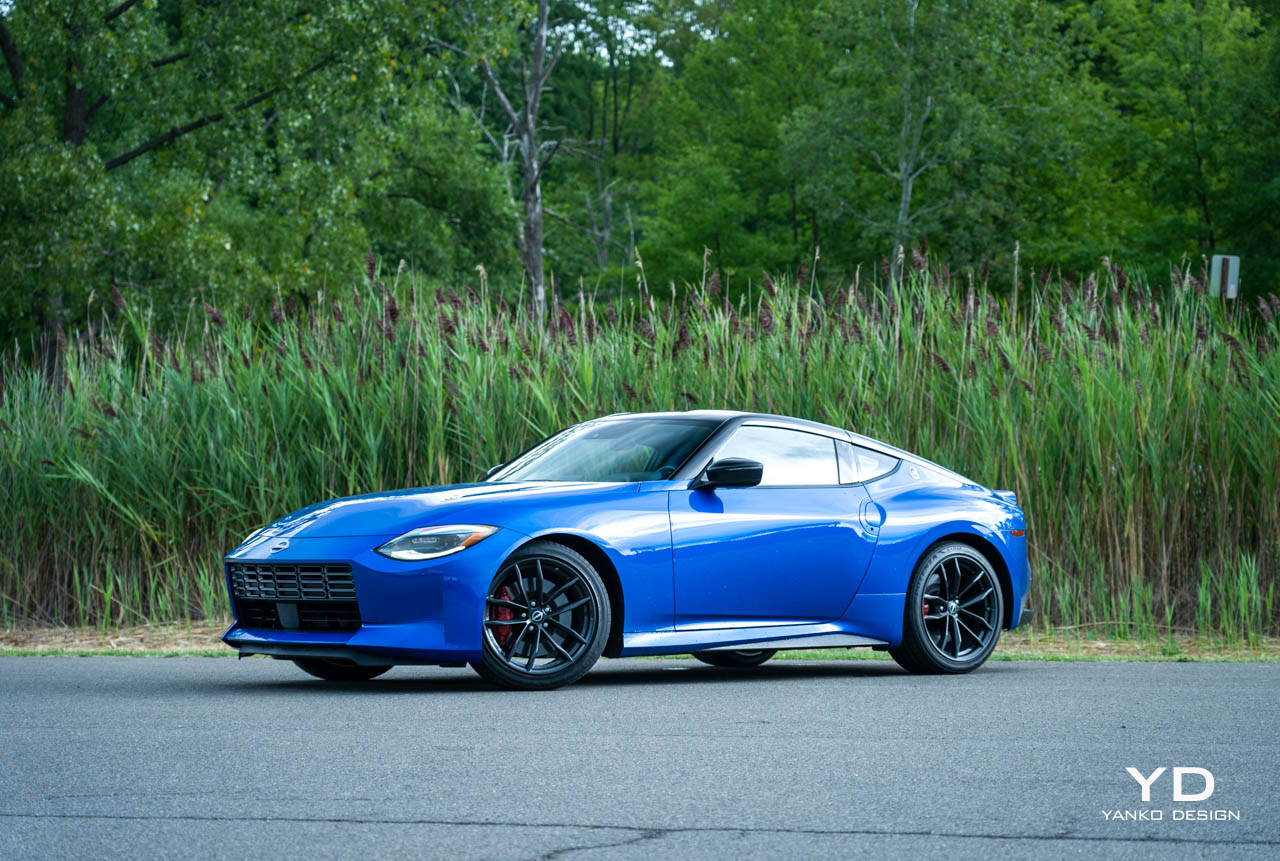
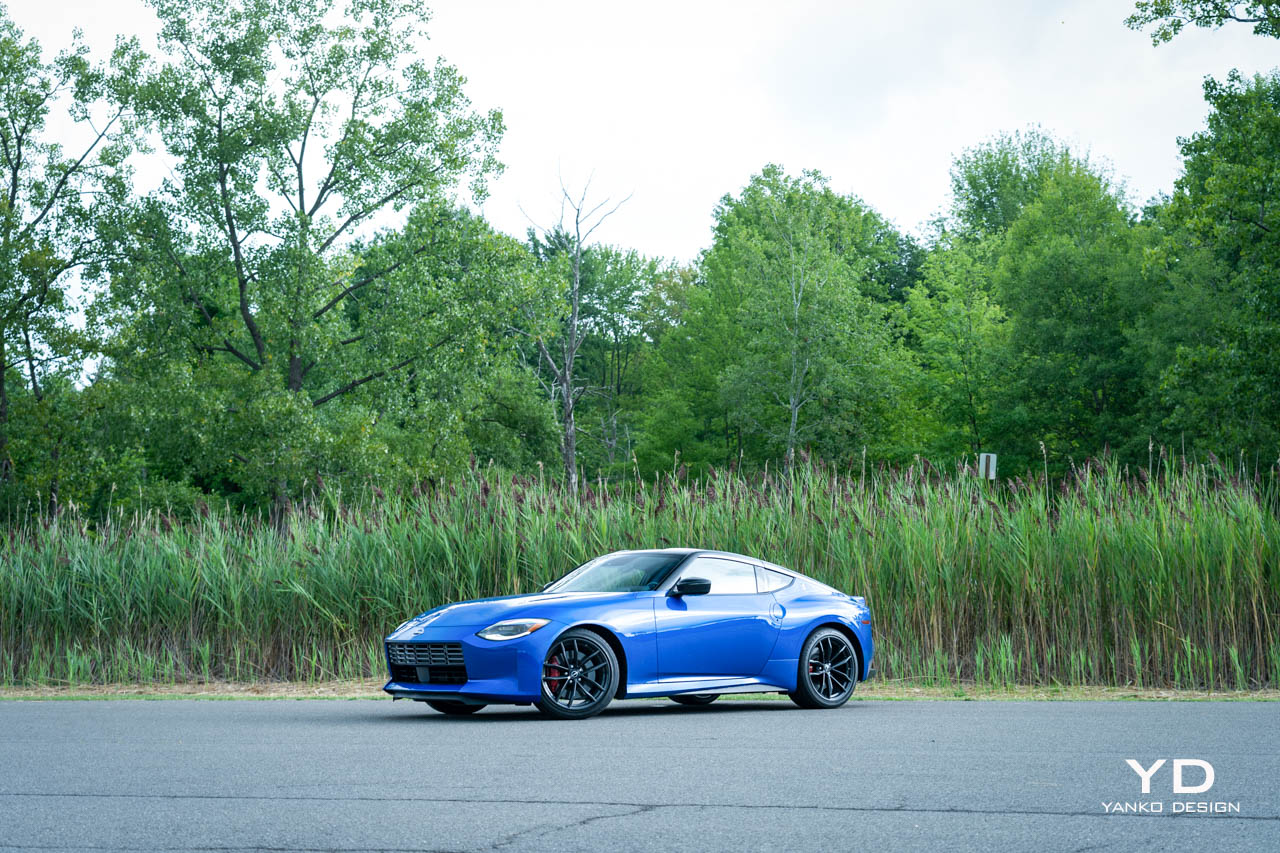
Driving the Z is an interesting experience because of how far back you’re sitting. The mechanical, rear limited-slip differential would be readily within reach were the floor not there, giving the car a delightful, old-school roadster feel. In that way it isn’t a hardcore race car, either, much more a sports car in the classic sense: it’s quick and engaging but never harsh and punishing. If that sounds a little soft to you, I’m sure the eventual NISMO edition will help scratch your itch.
This then is a car very well suited for long-distance getaways, at least from a comfort standpoint. And it has most of the tech you’d want to match. Active safety systems are comprehensive for a sports car, including adaptive cruise, automatic emergency braking with pedestrian detection, rear cross-traffic alert and auto headlights. The 9-inch touchscreen is cleanly integrated into the dash, but the interface is basic and the navigation experience crude. Thank goodness for both Android Auto and Apple CarPlay. The Bose sound system has a good punch but lacks finesse.
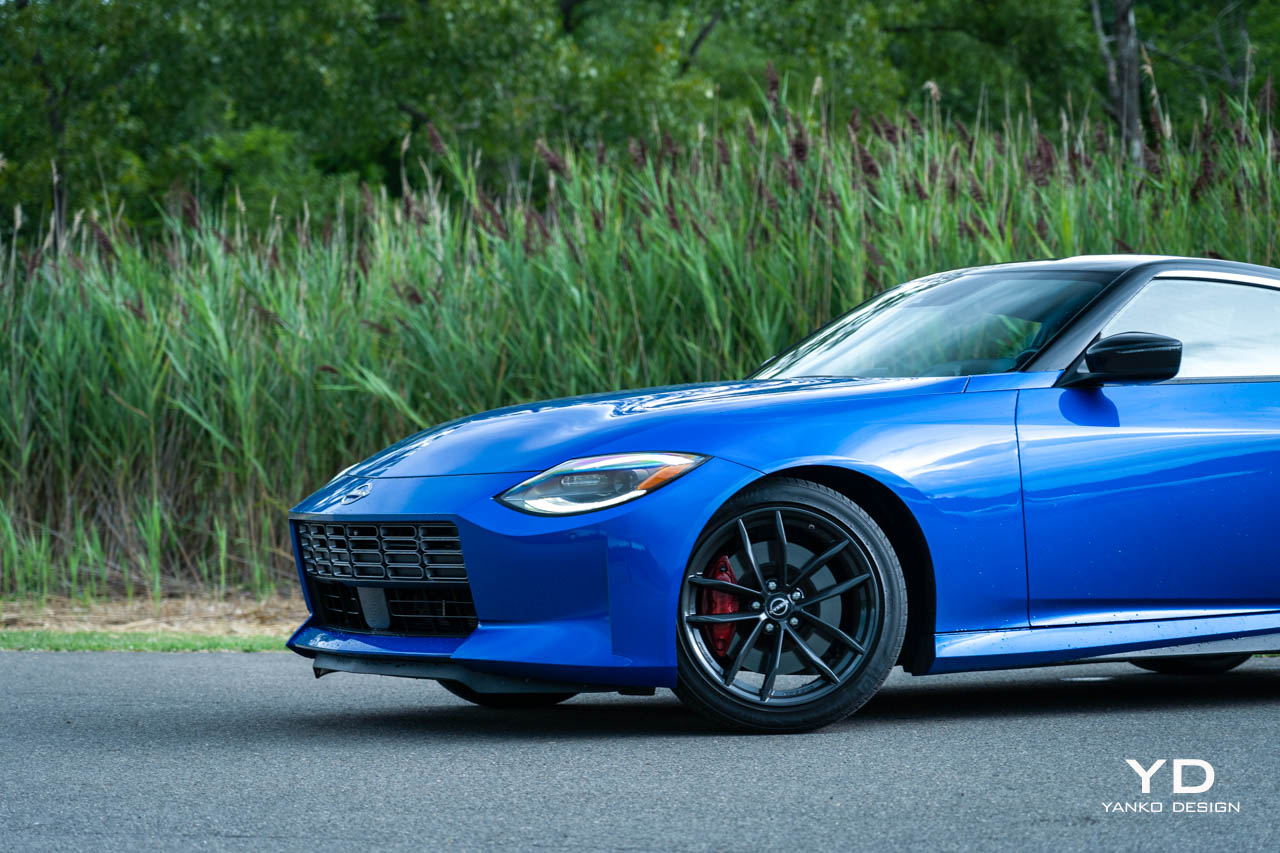
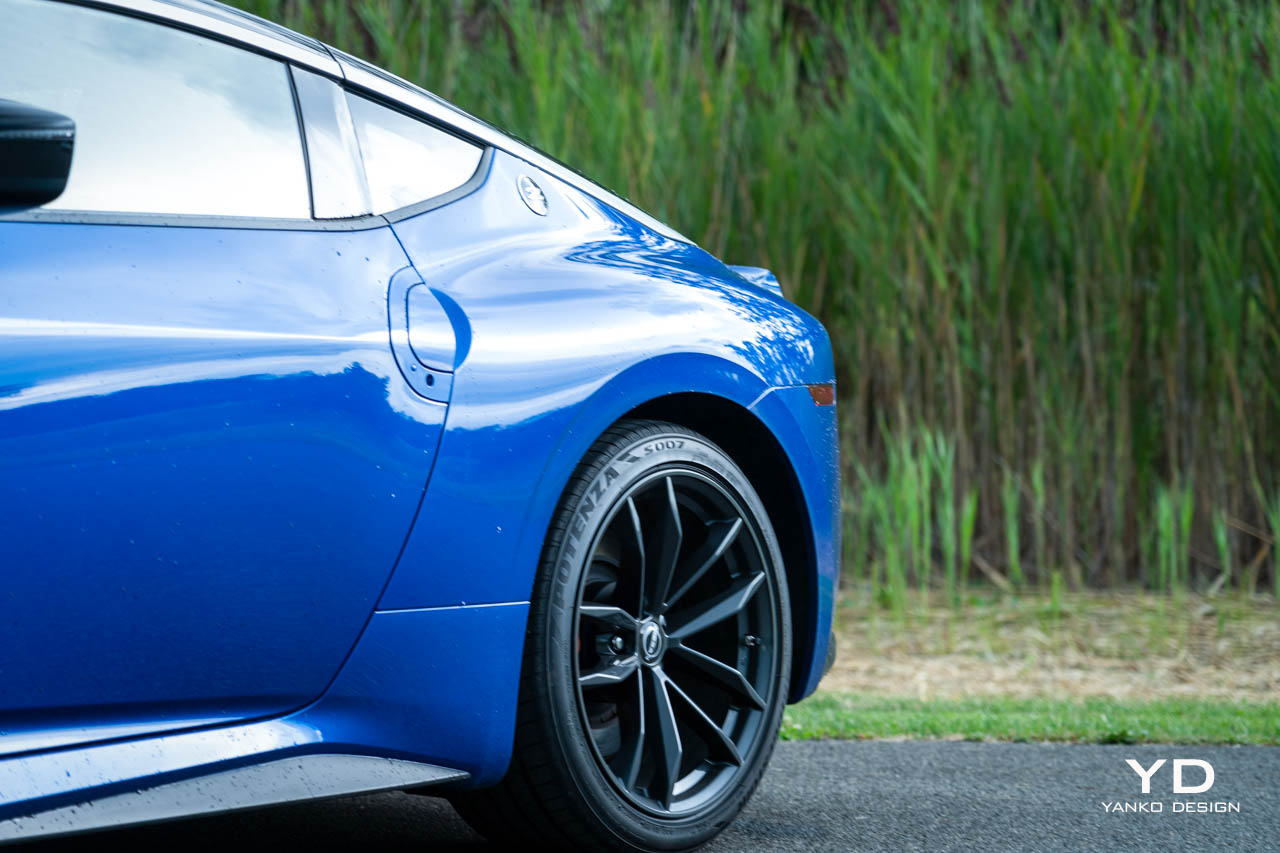
Overall, the Z is not a hardcore racer nor track toy. Instead it exists as a beautiful, fun, and practical sports car, the kind of thing that’s just as good at making you smile on a Sunday-morning run as it is on a quiet run home from the airport. It’s easy to be down on cars that try to play a couple different tunes like this, but for me this one sings such a compelling chord that I was genuinely sad to see it go.
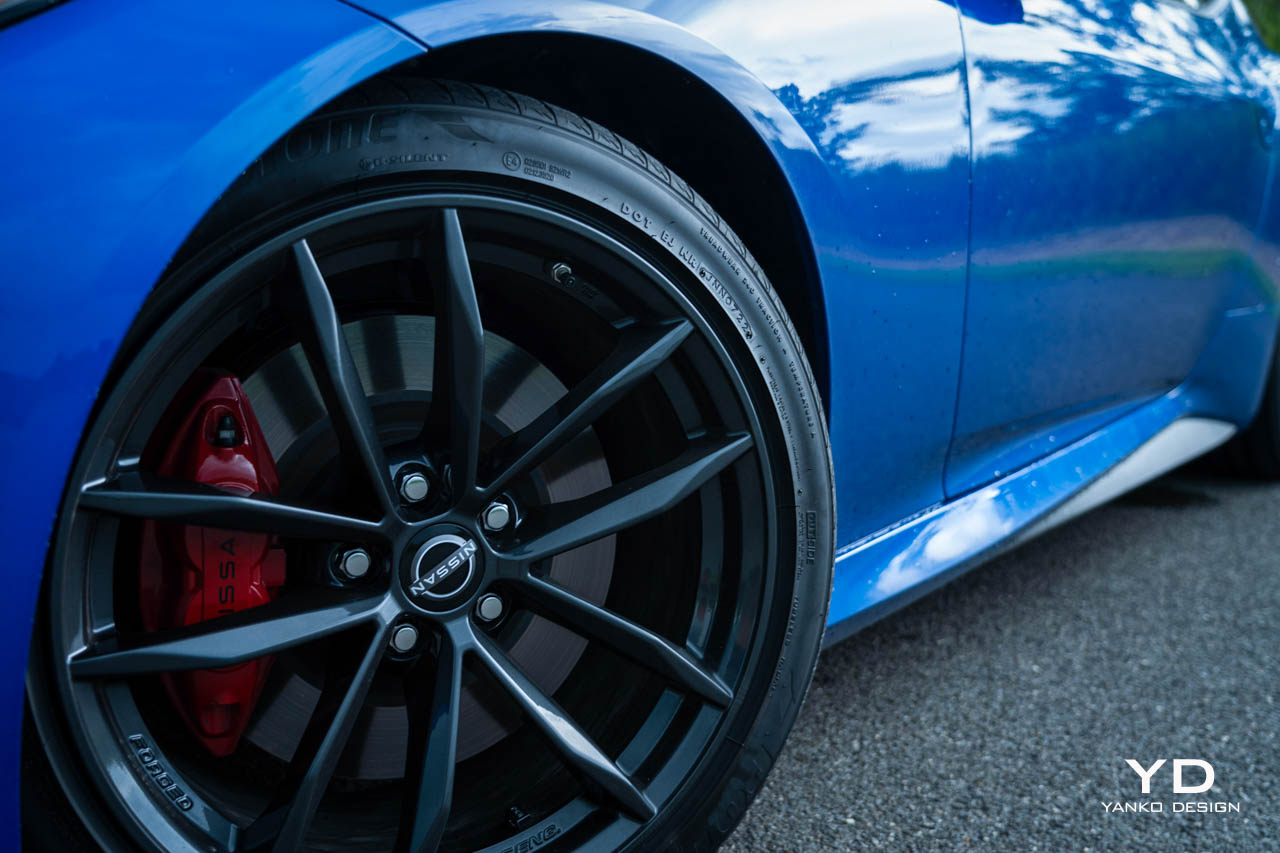
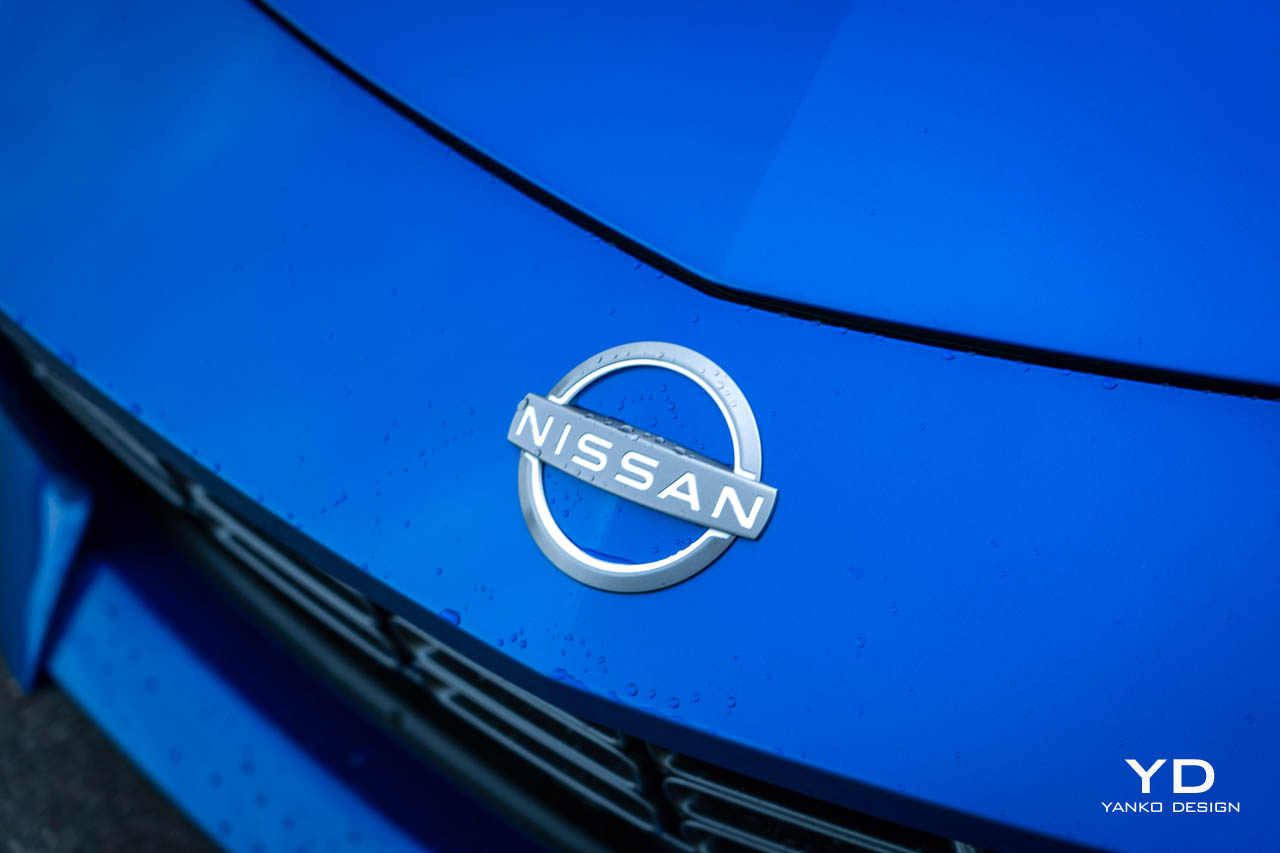
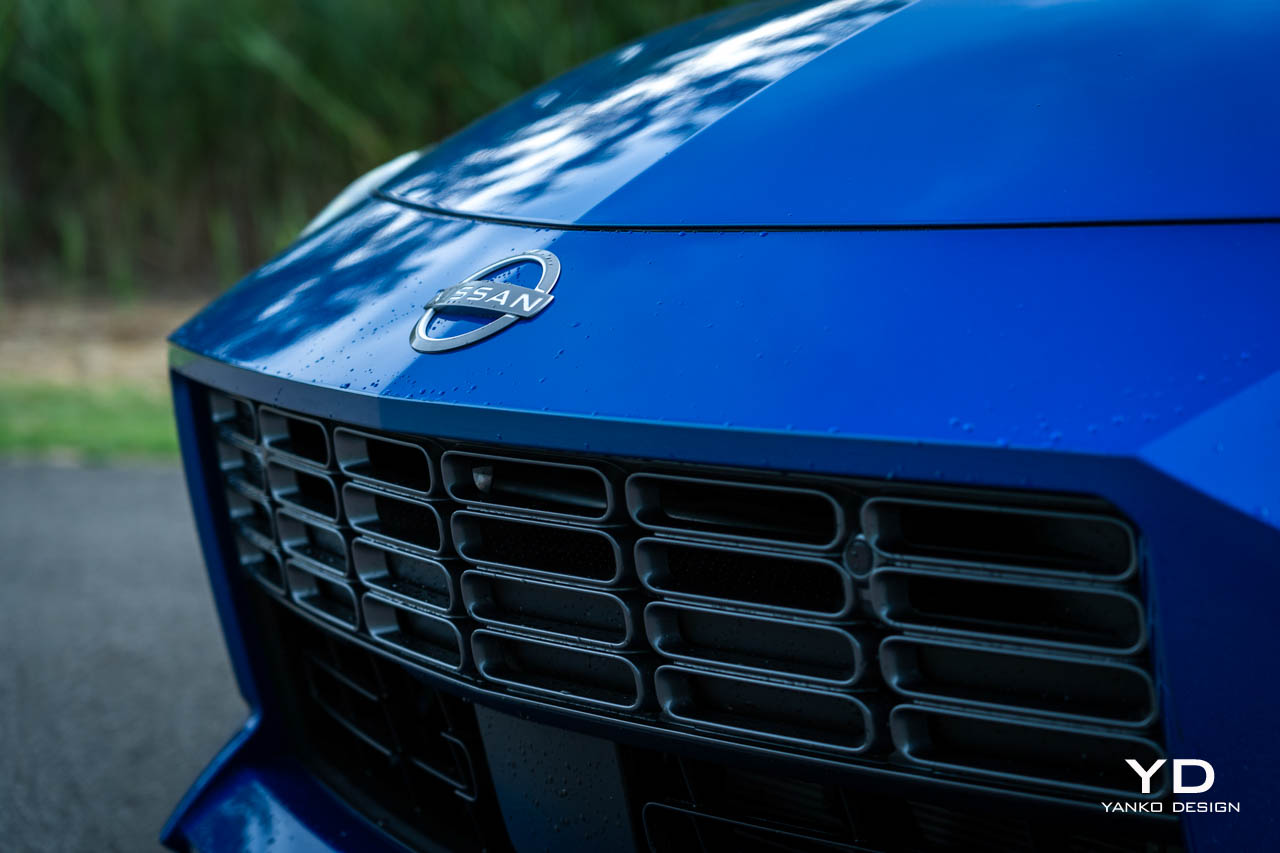
Pricing and options
The car you see here started at $49,990. Options are respectably few, including $500 for illuminated kick plates, $1,295 for that lovely blue, and a further $400 for floor mats. Add a $1,025 destination charge and you have an as-configured price of $53,210. That’d get you a very nicely equipped Ford Mustang GT with 450 horsepower, but something tells me there won’t be a lot of cross-shopping there. Though fundamentally similar, these are two very different cars.
